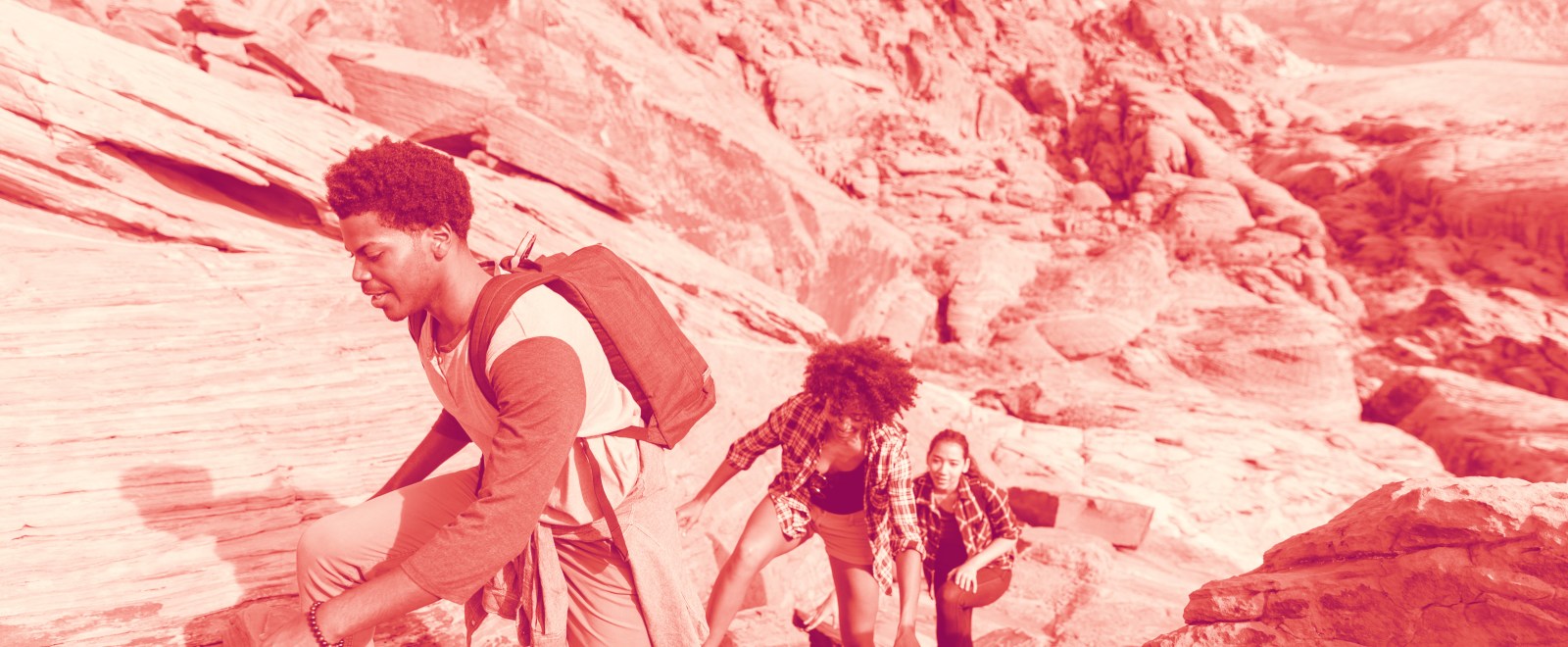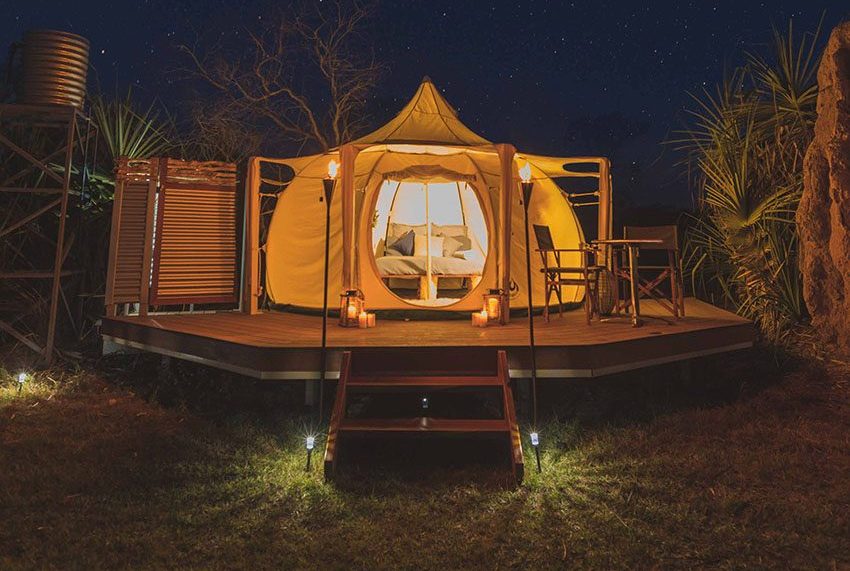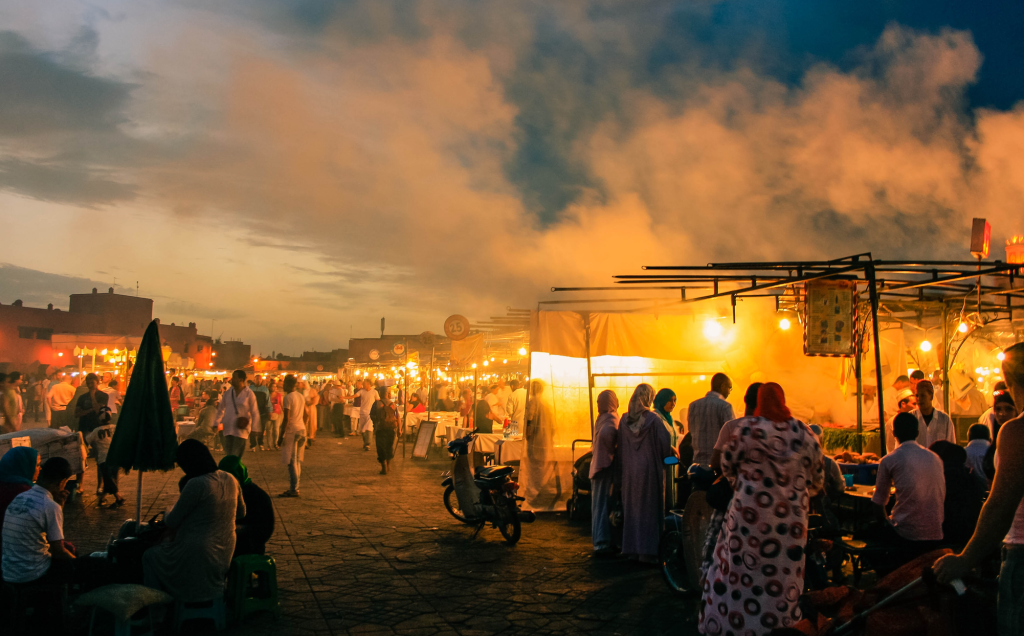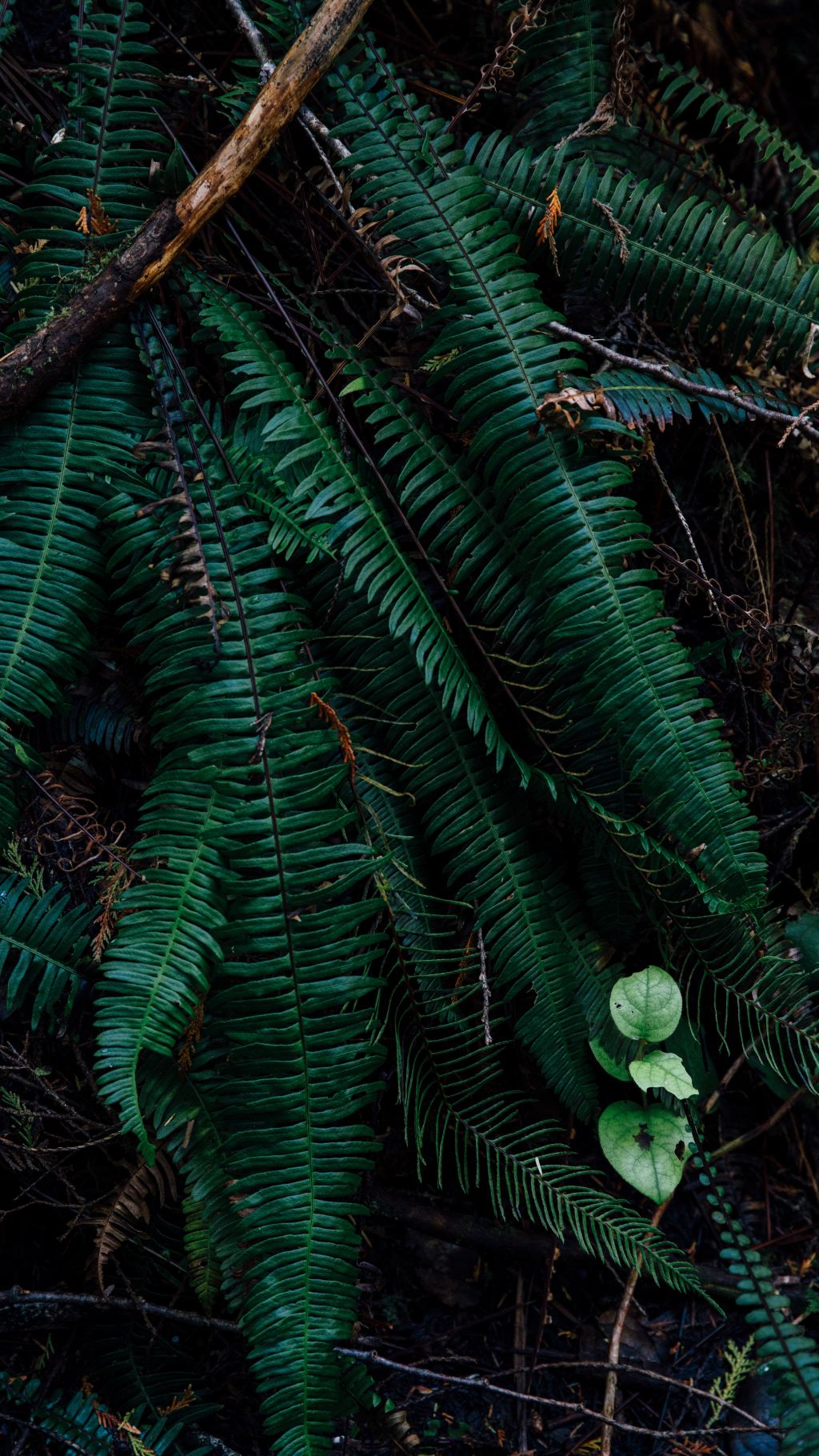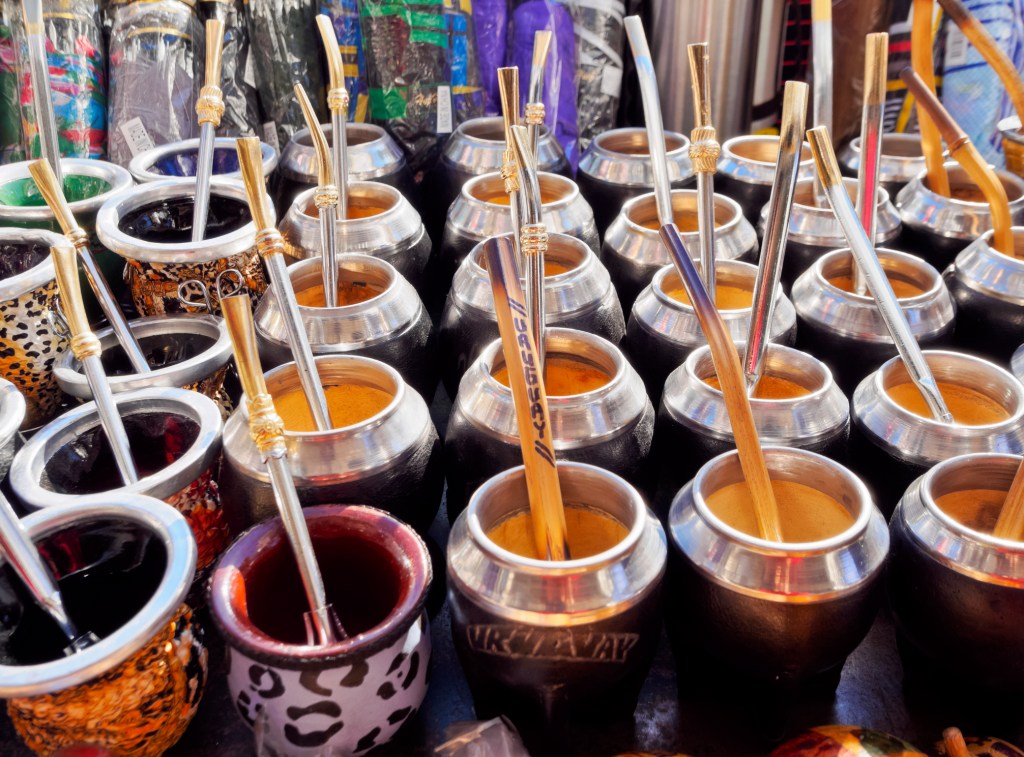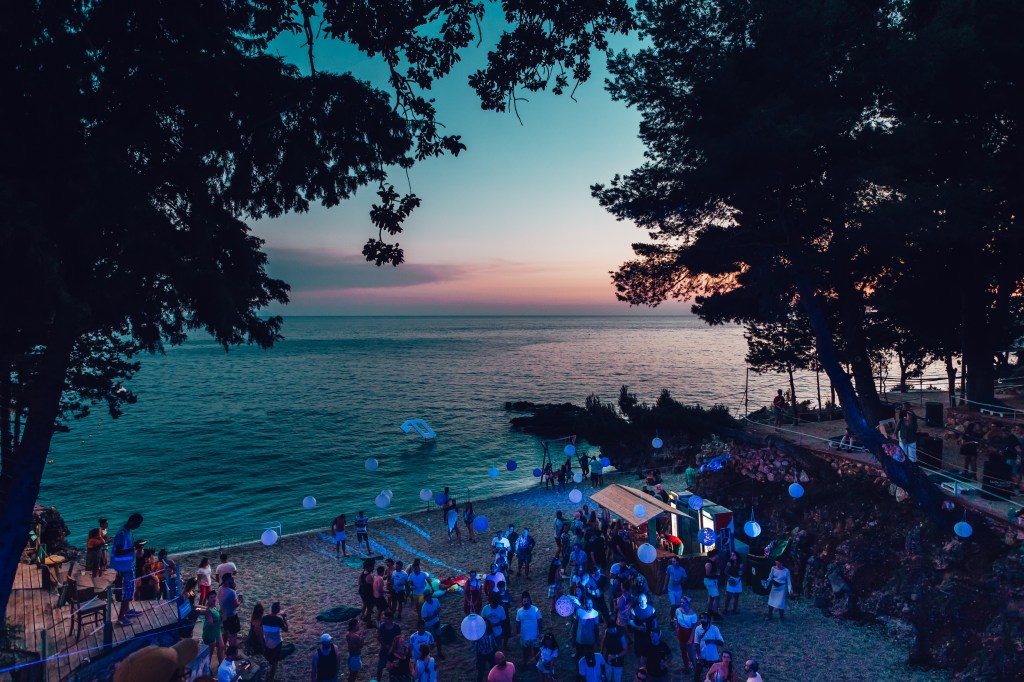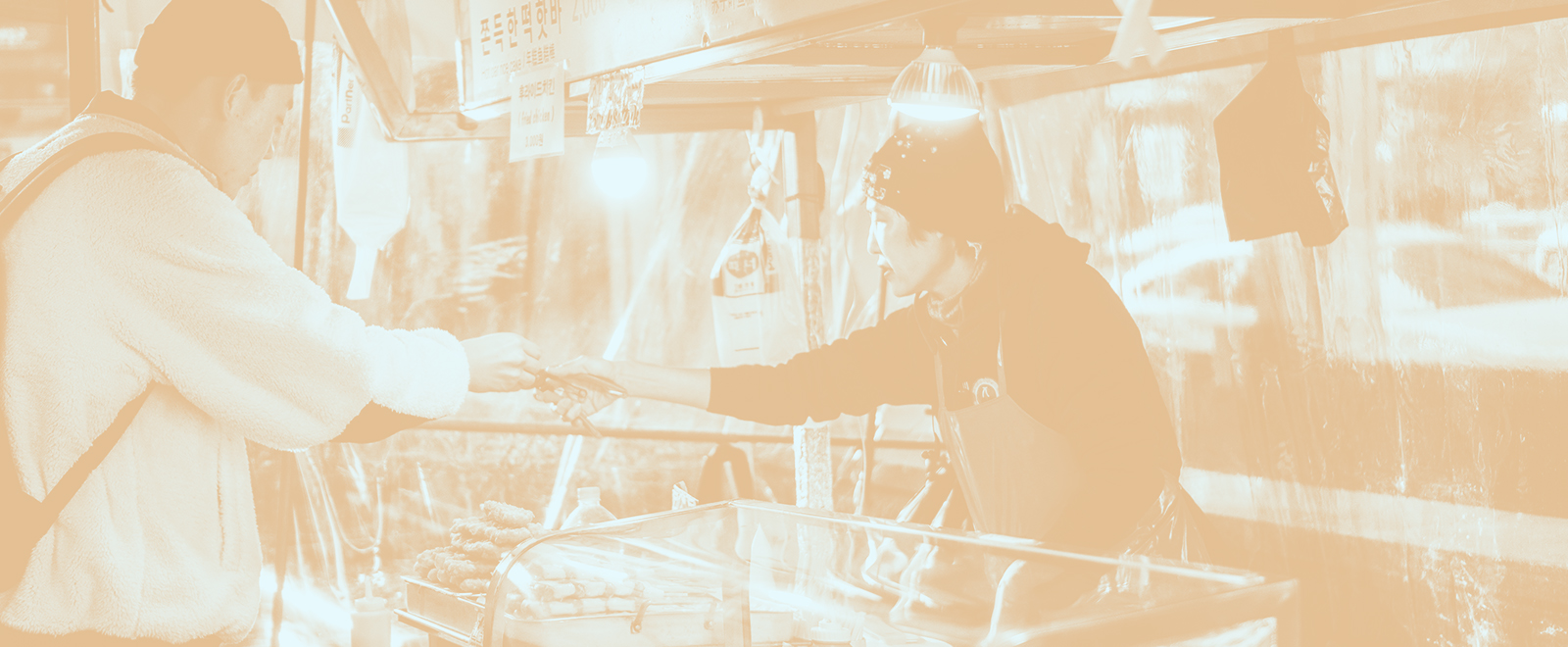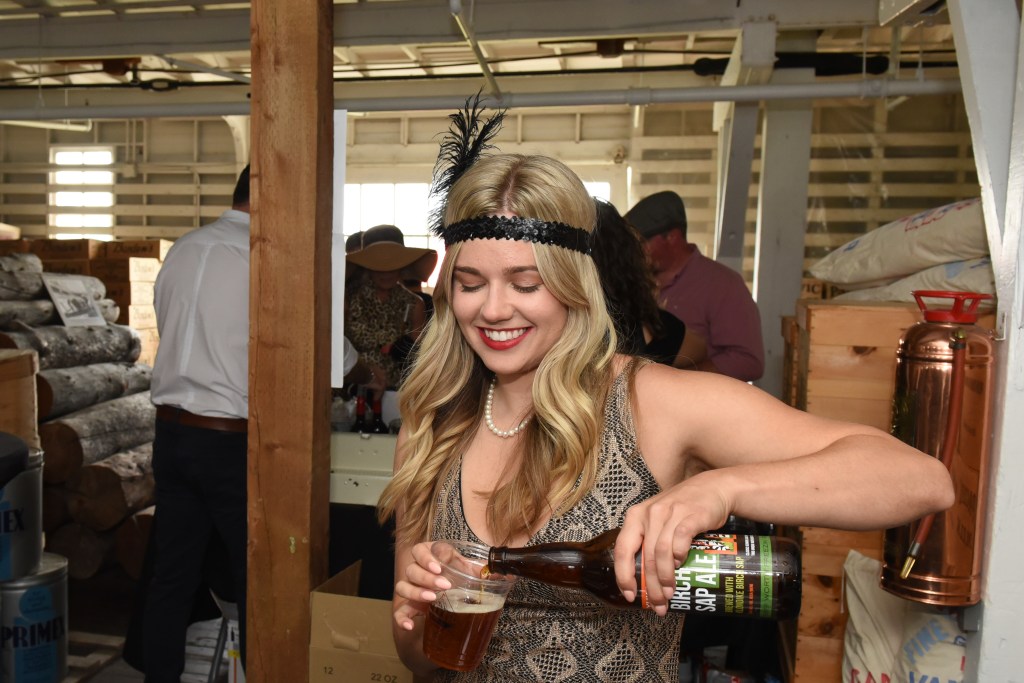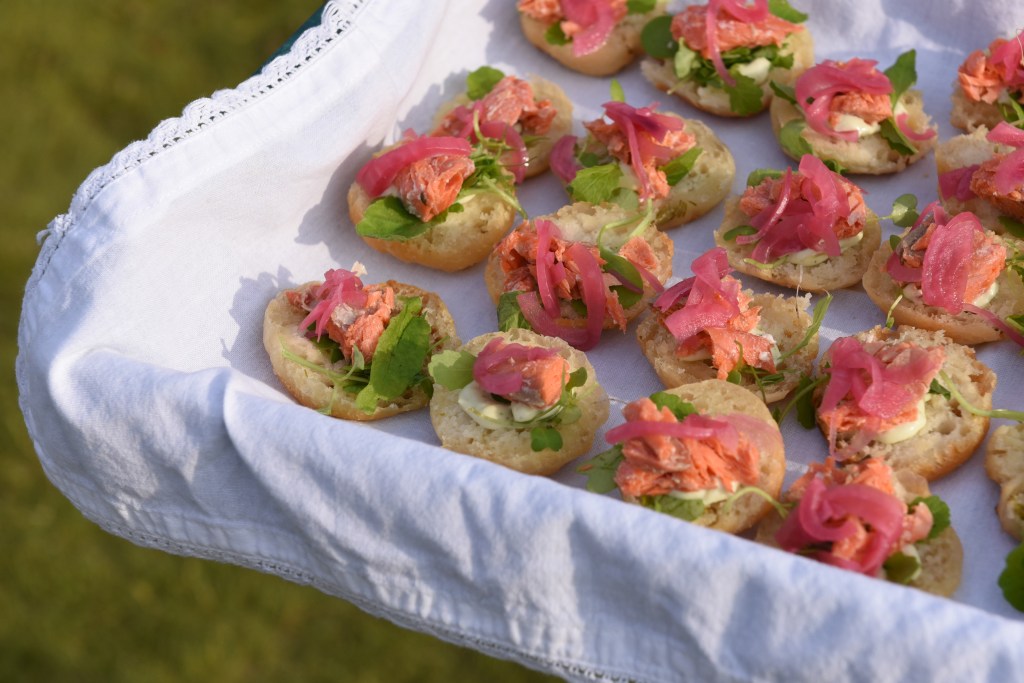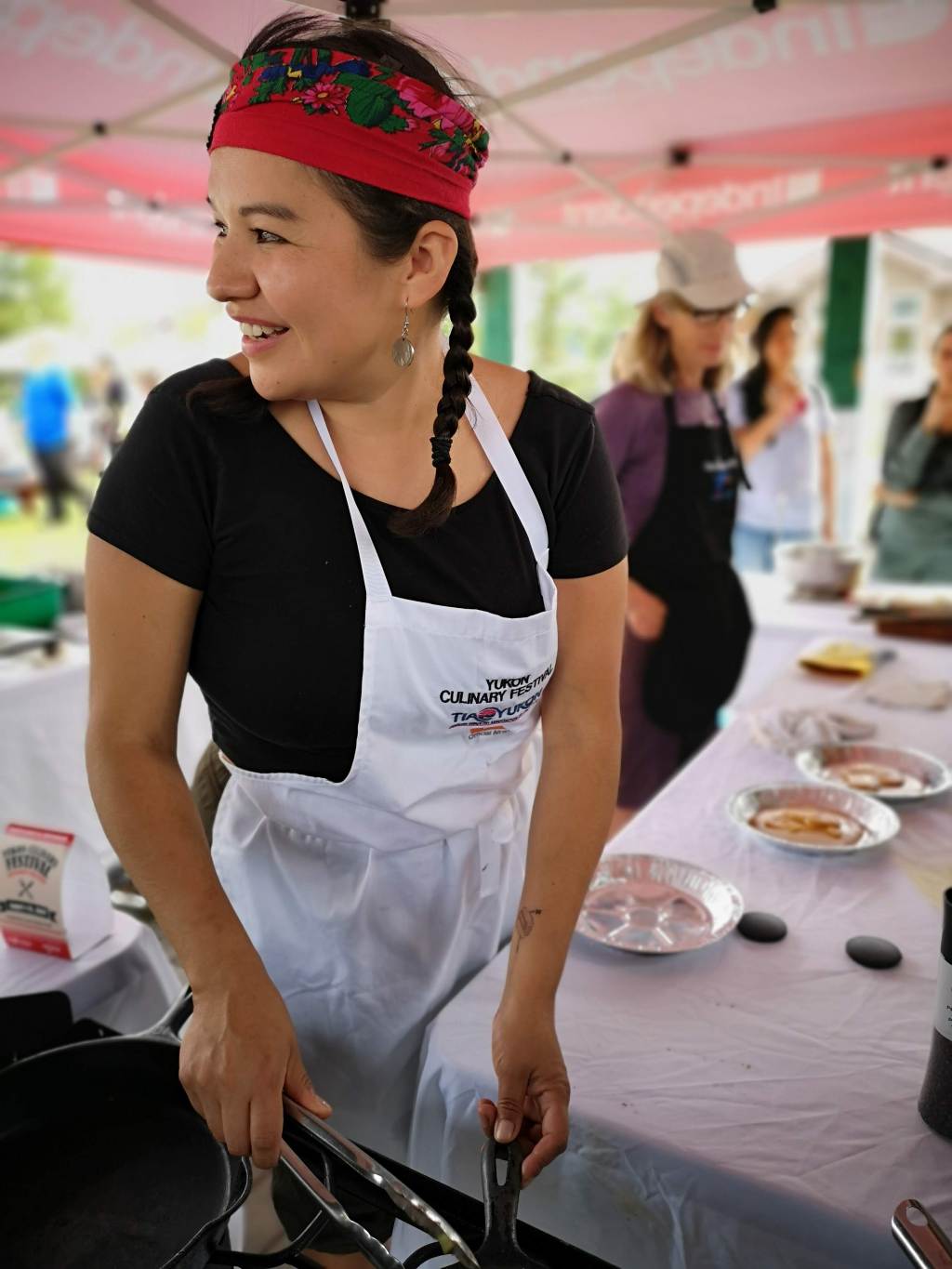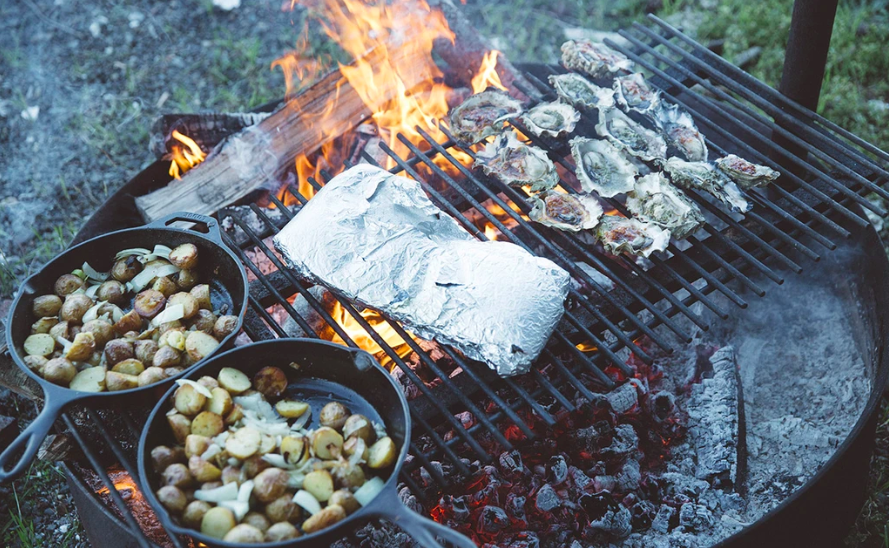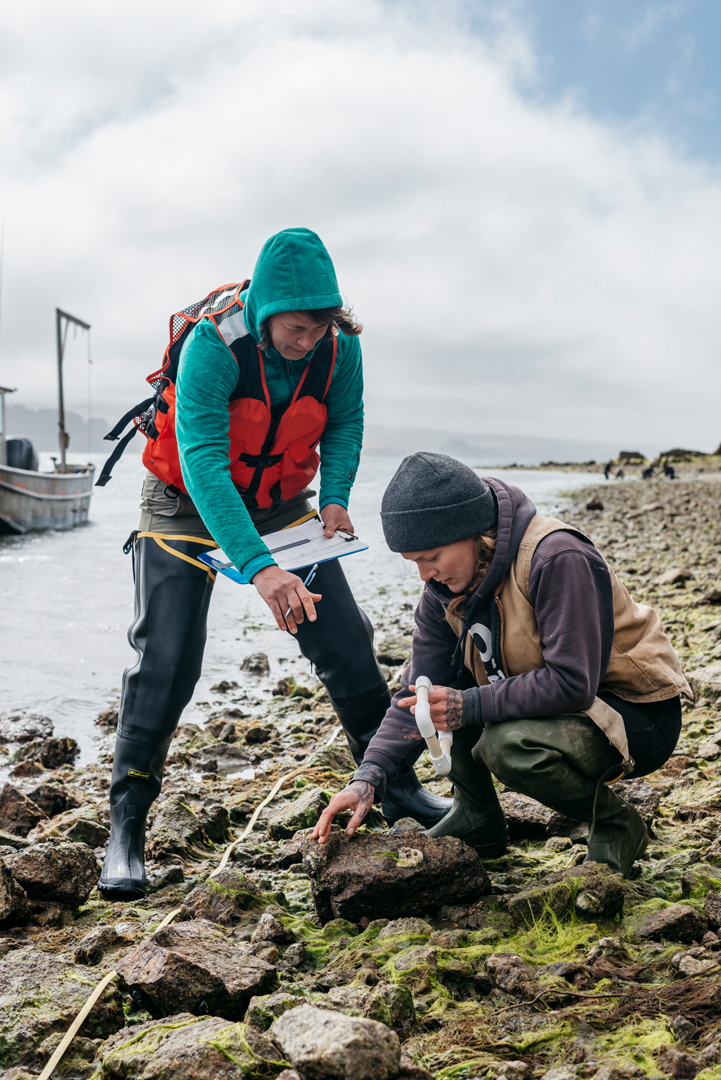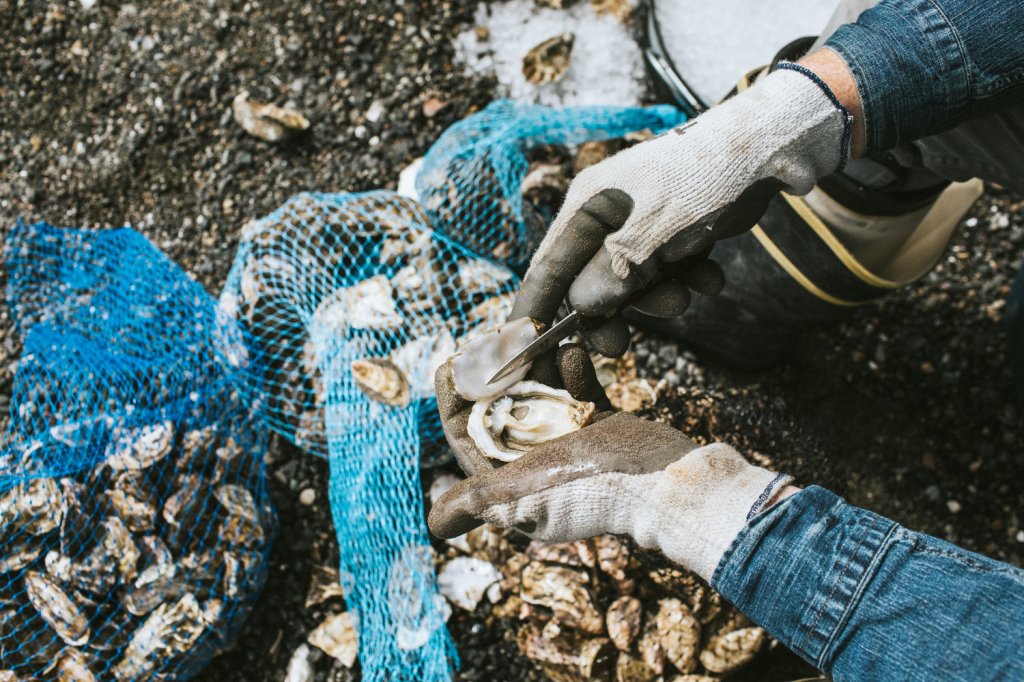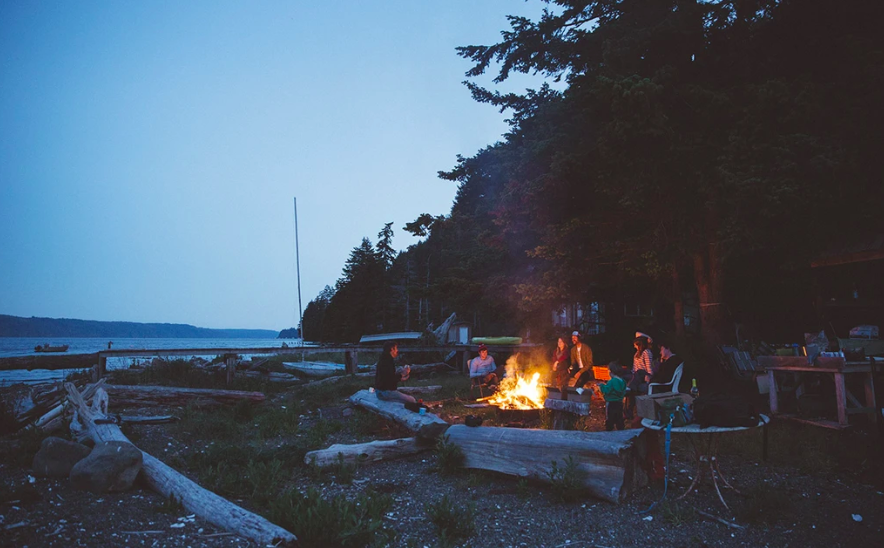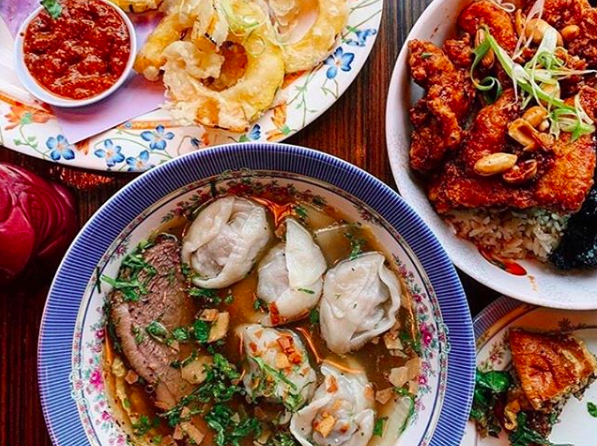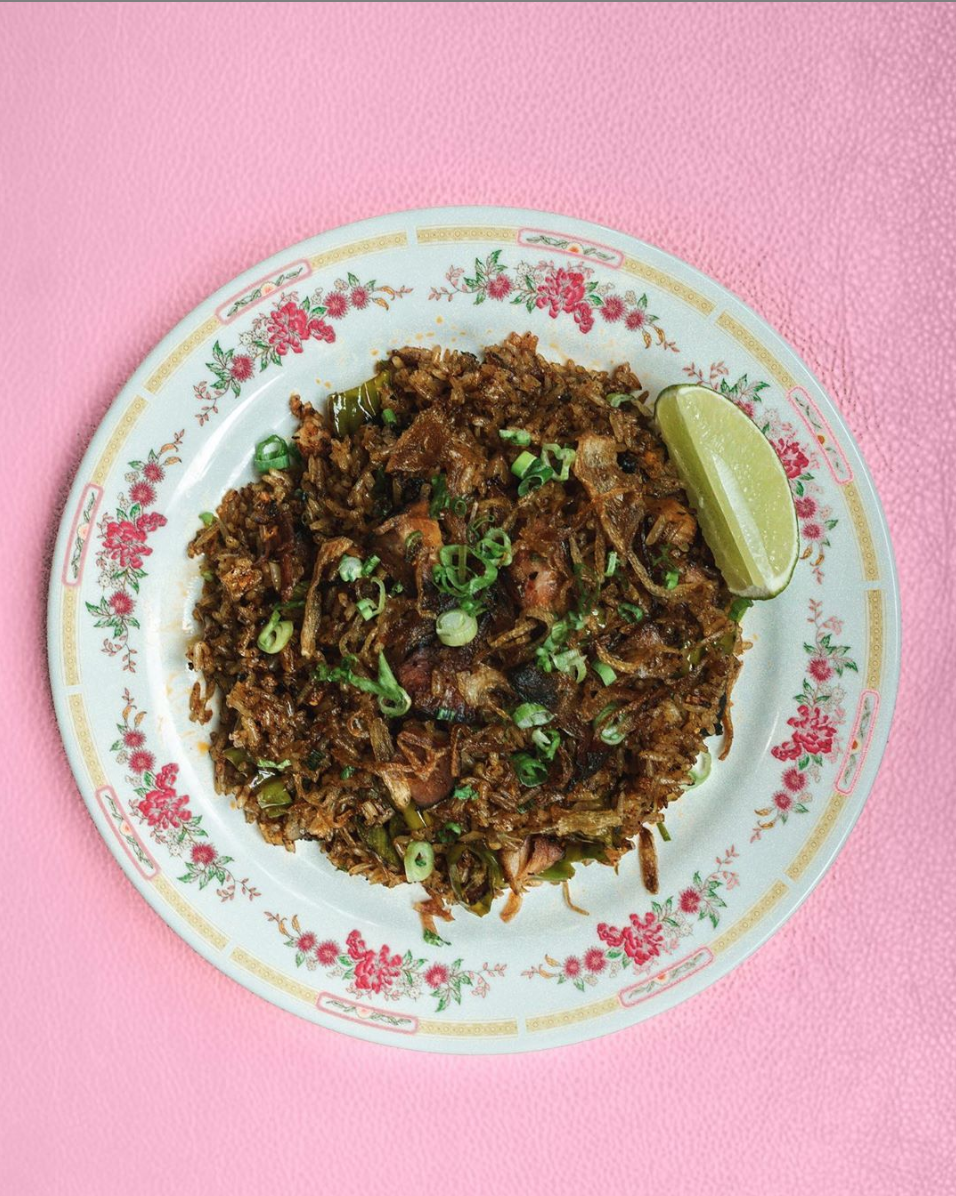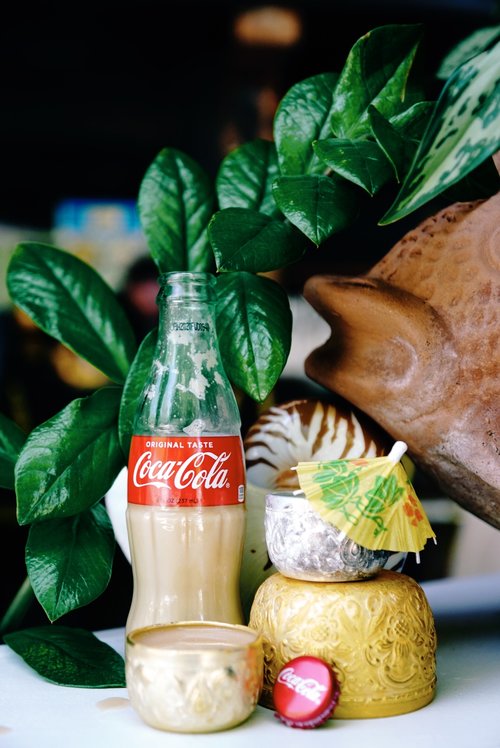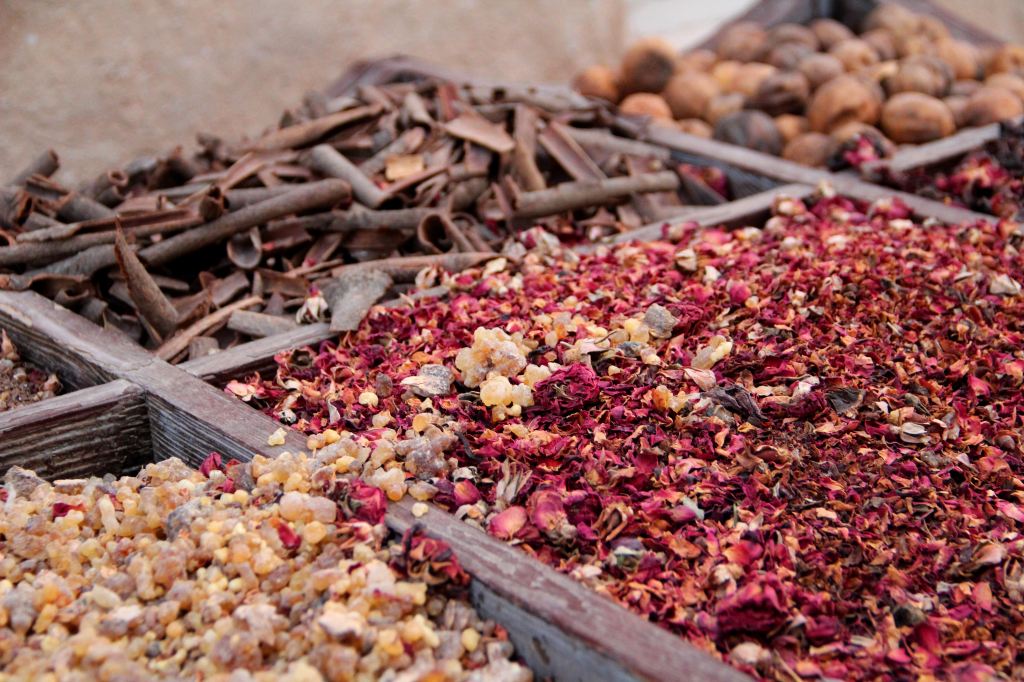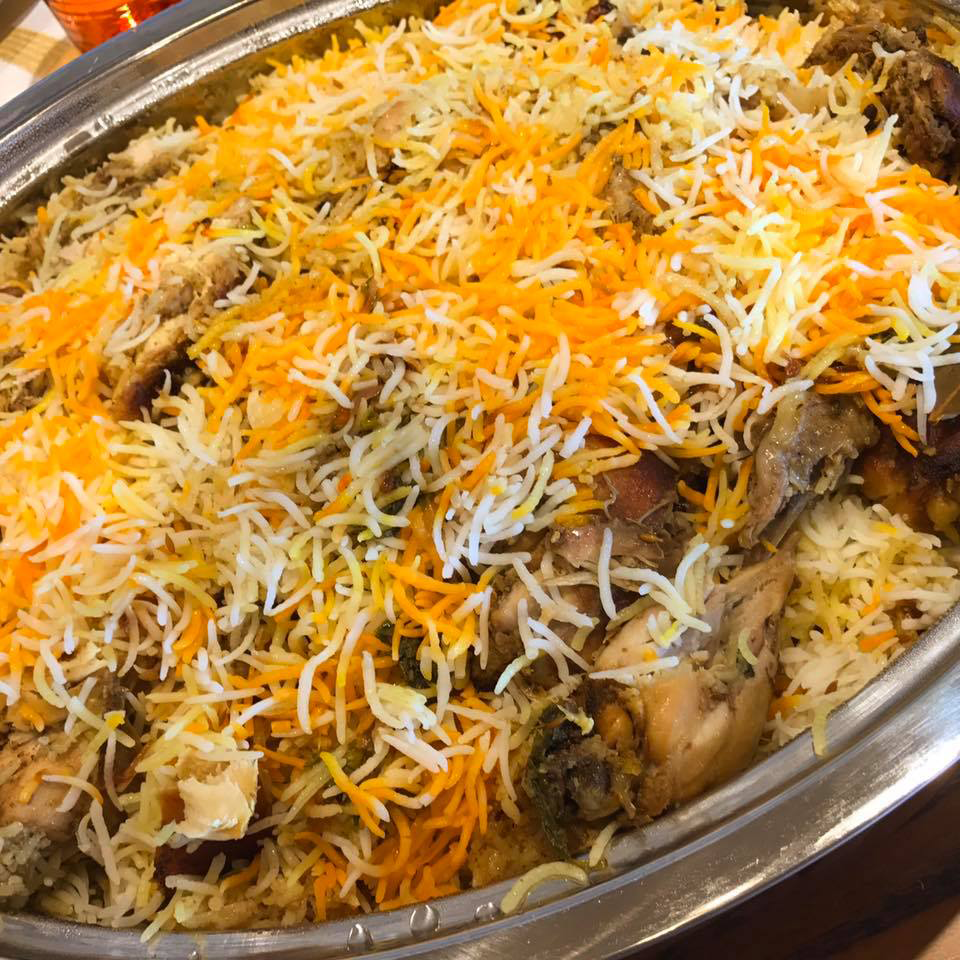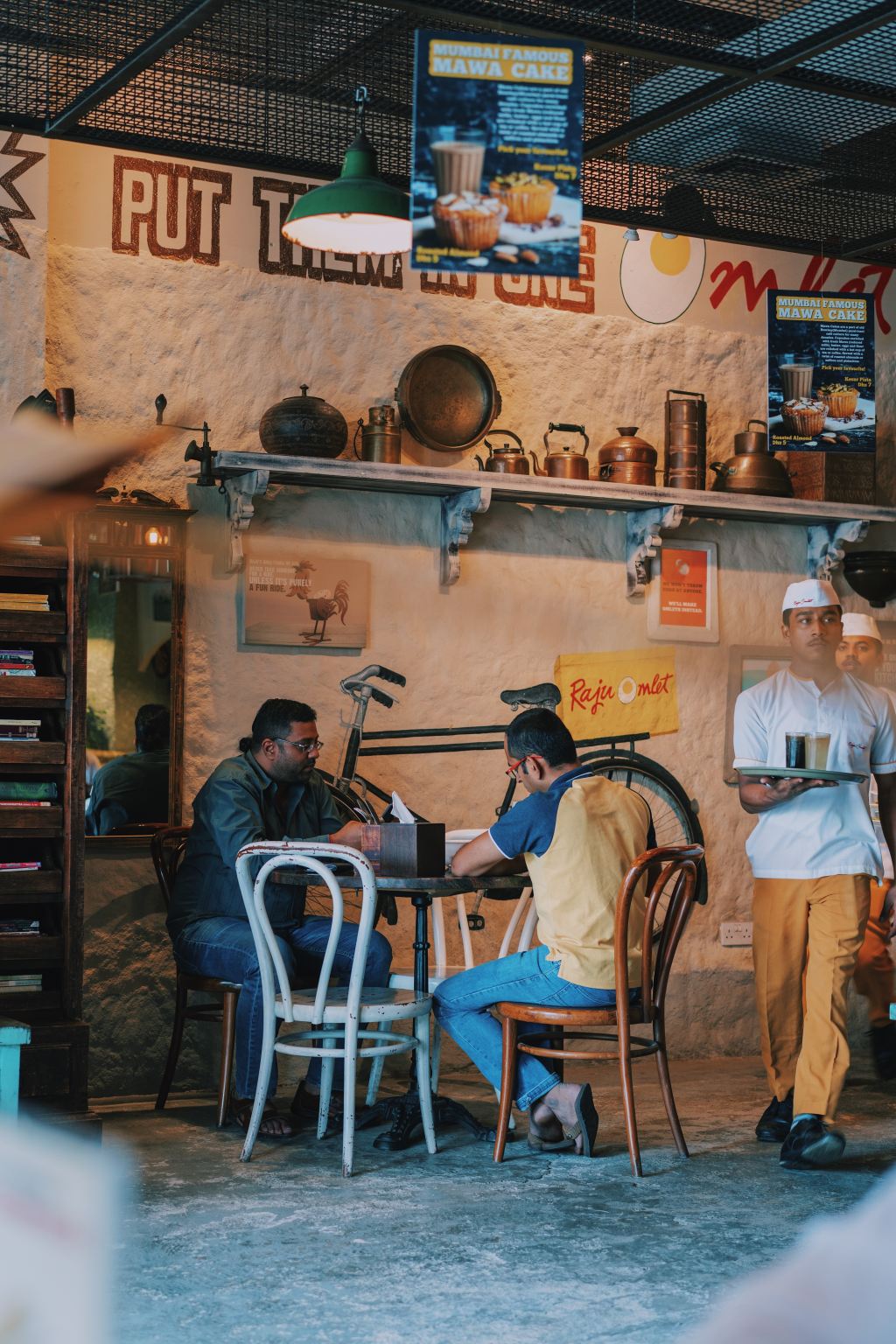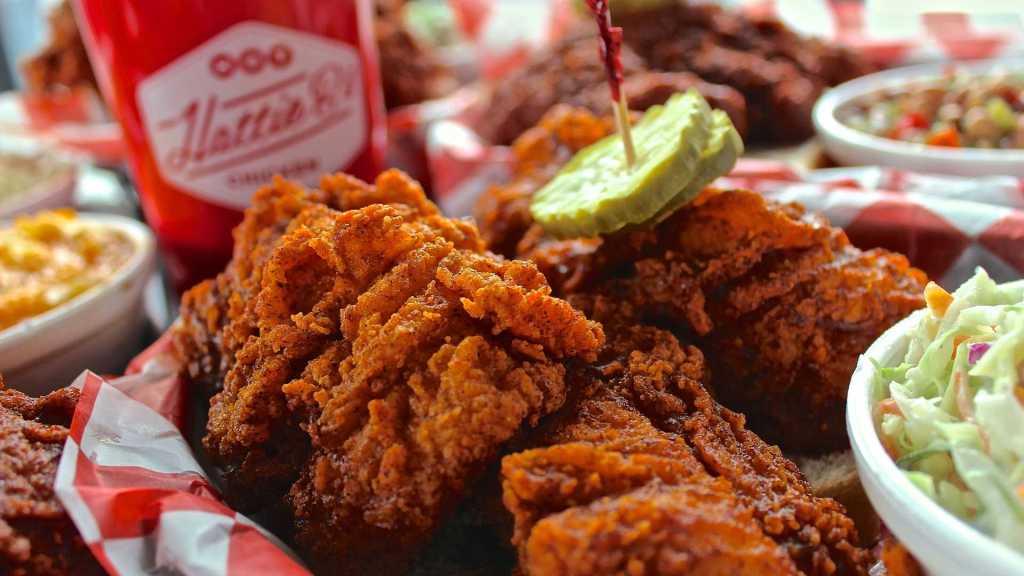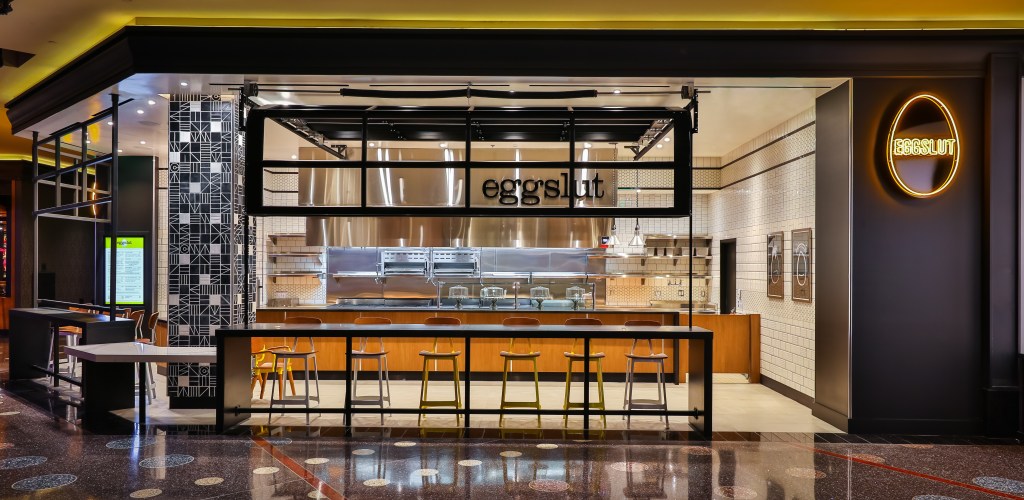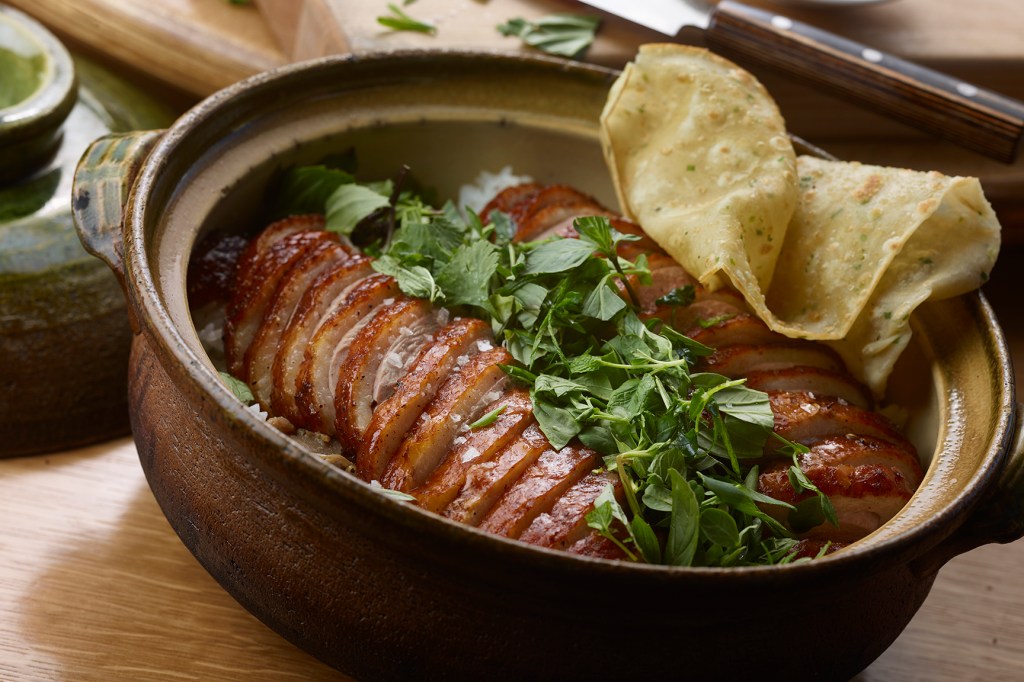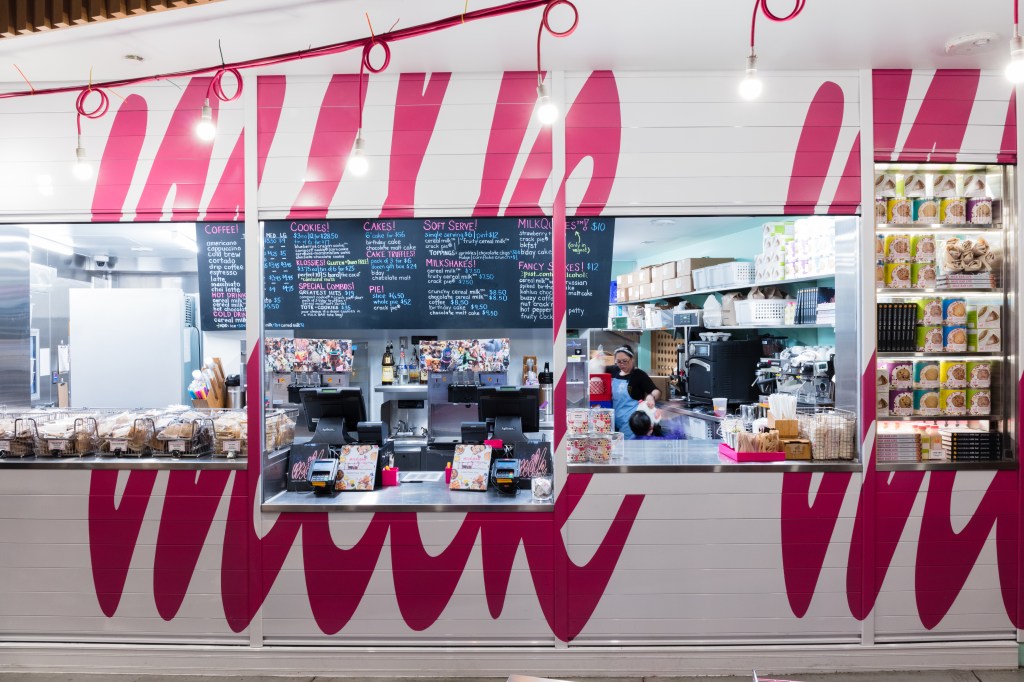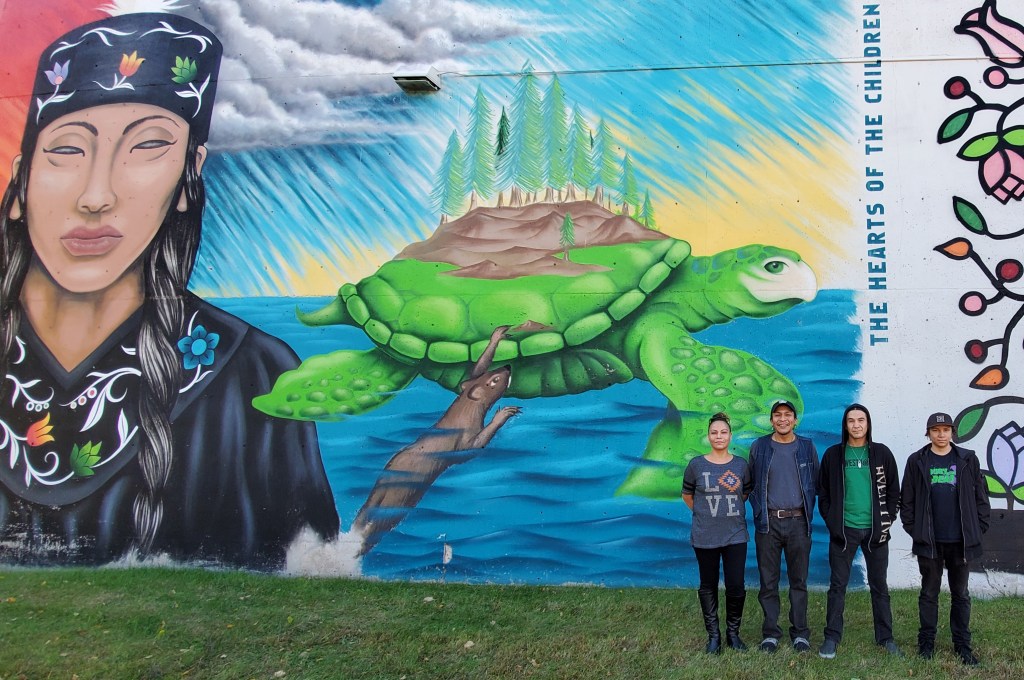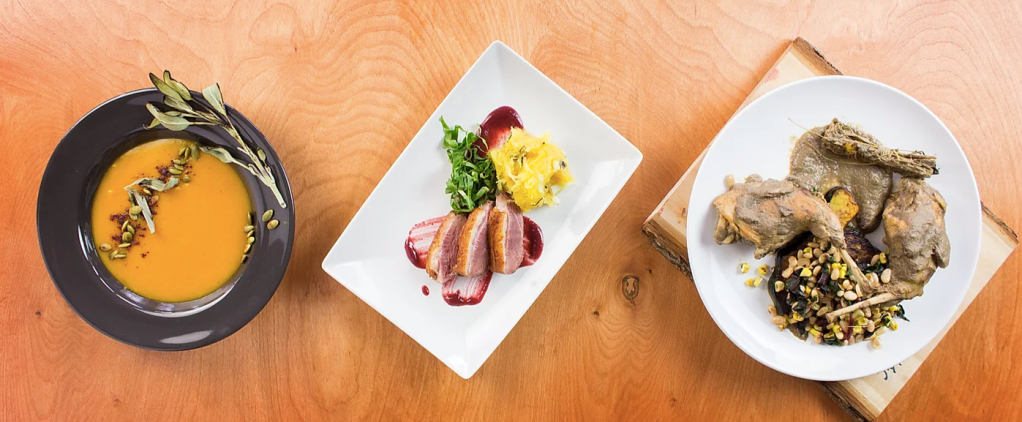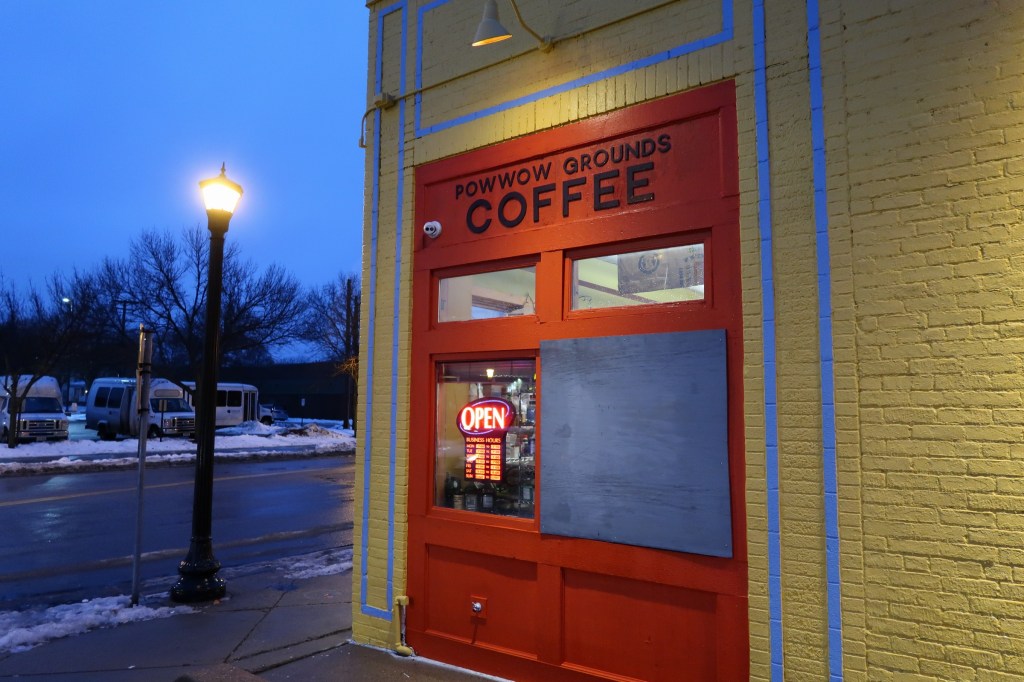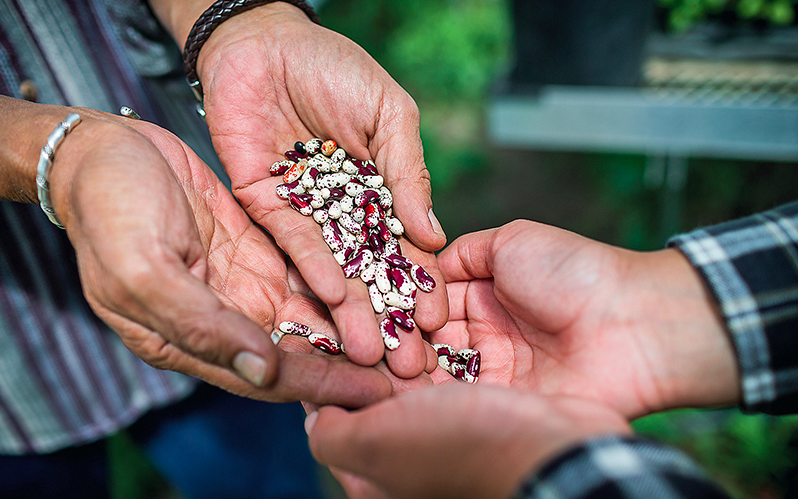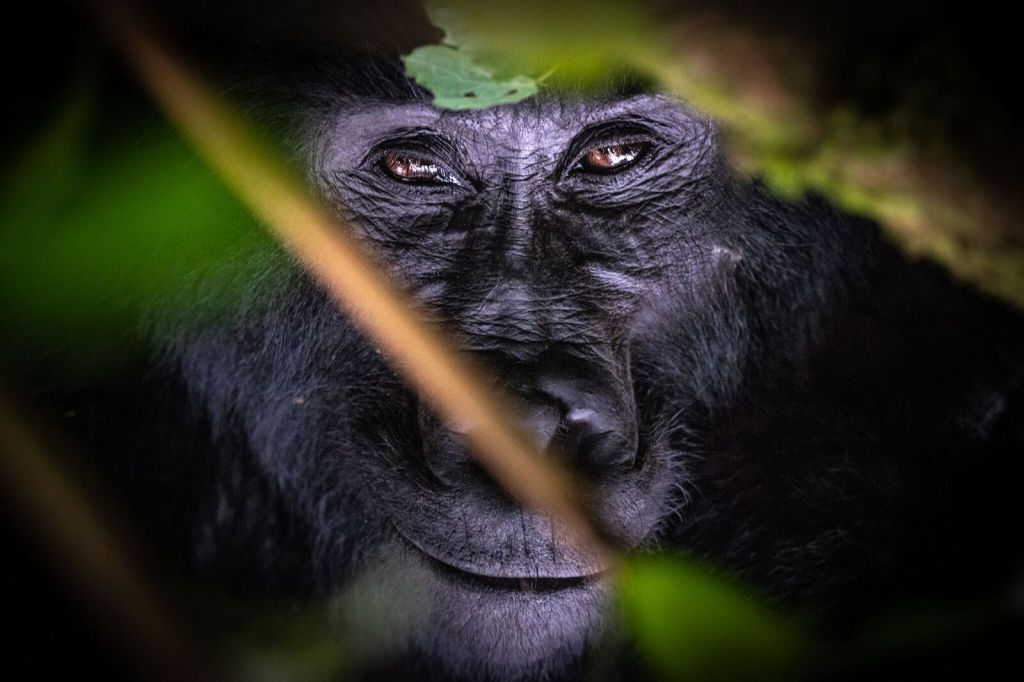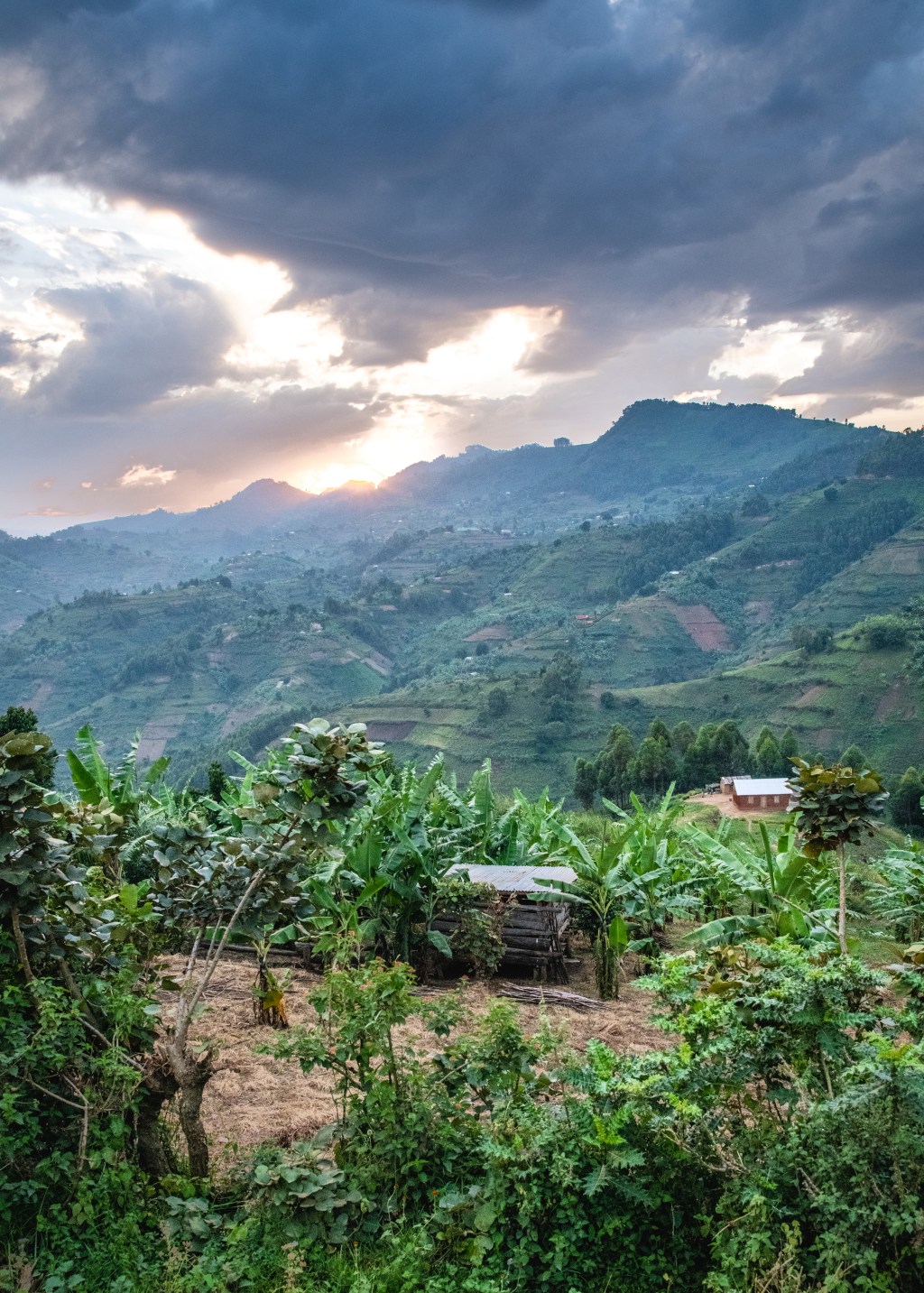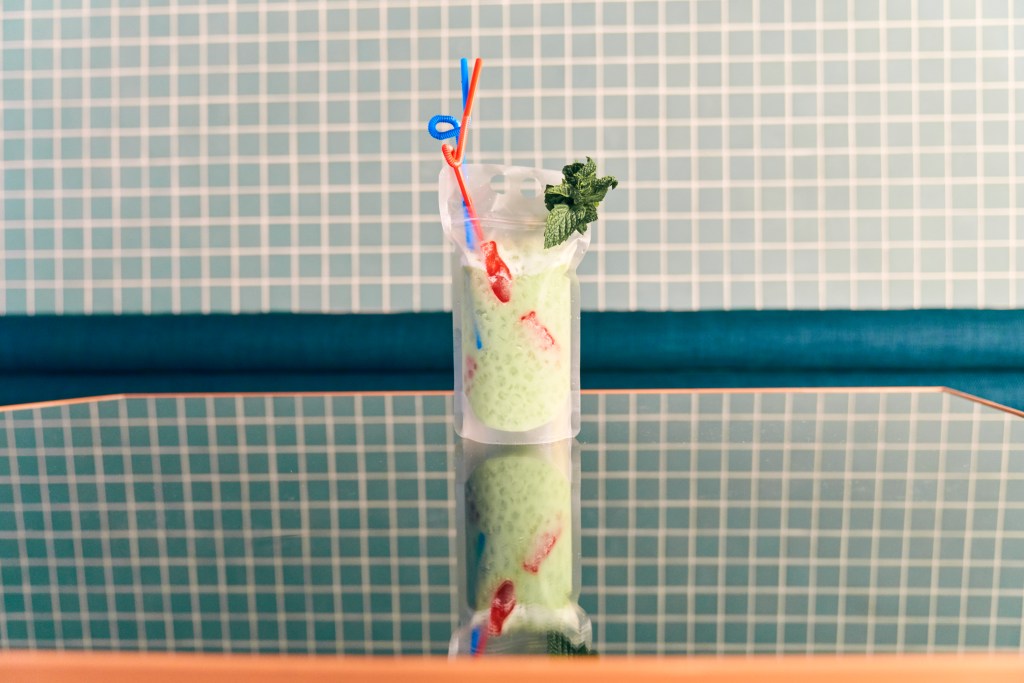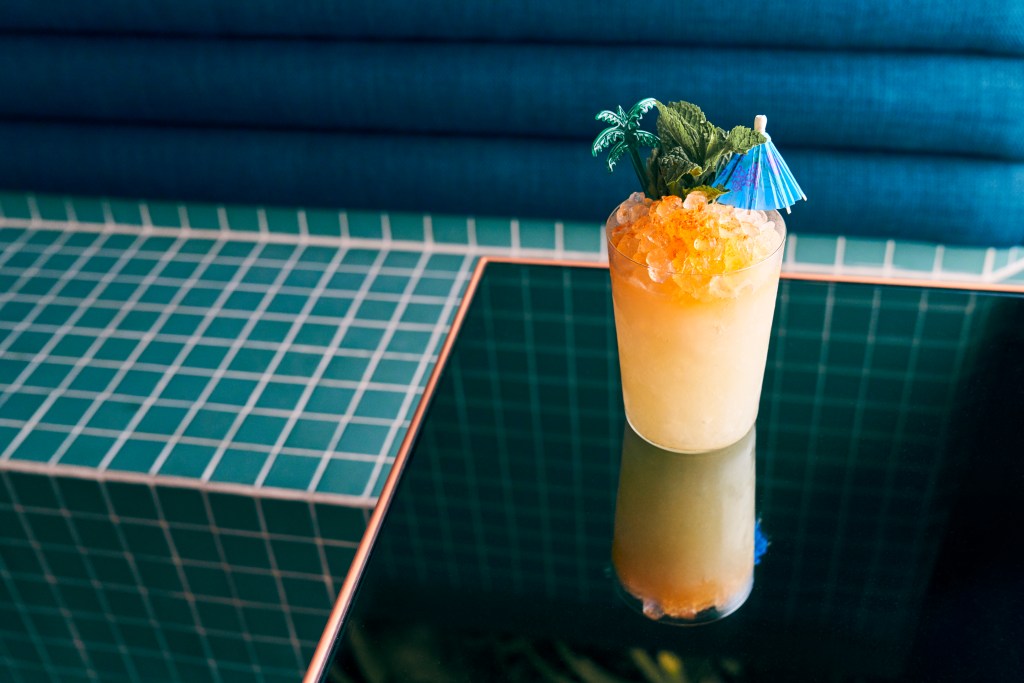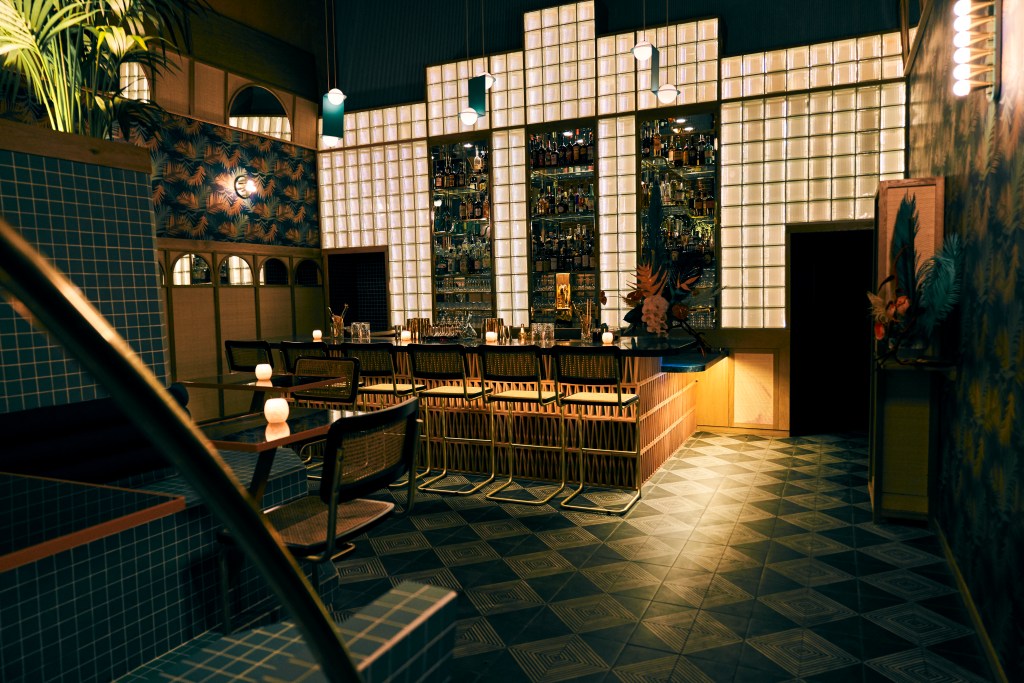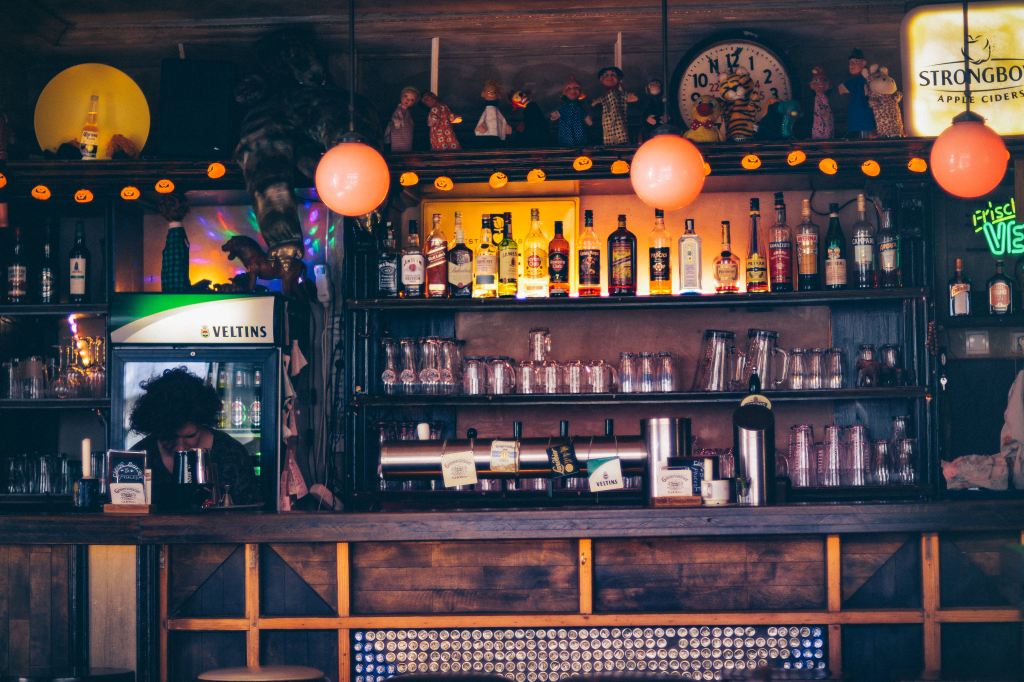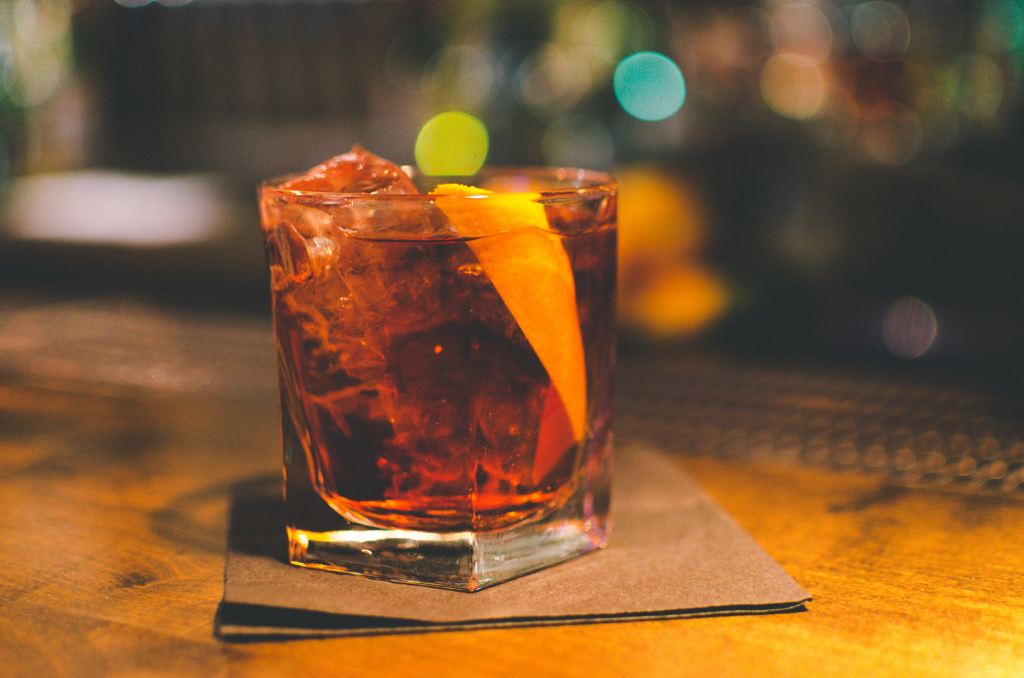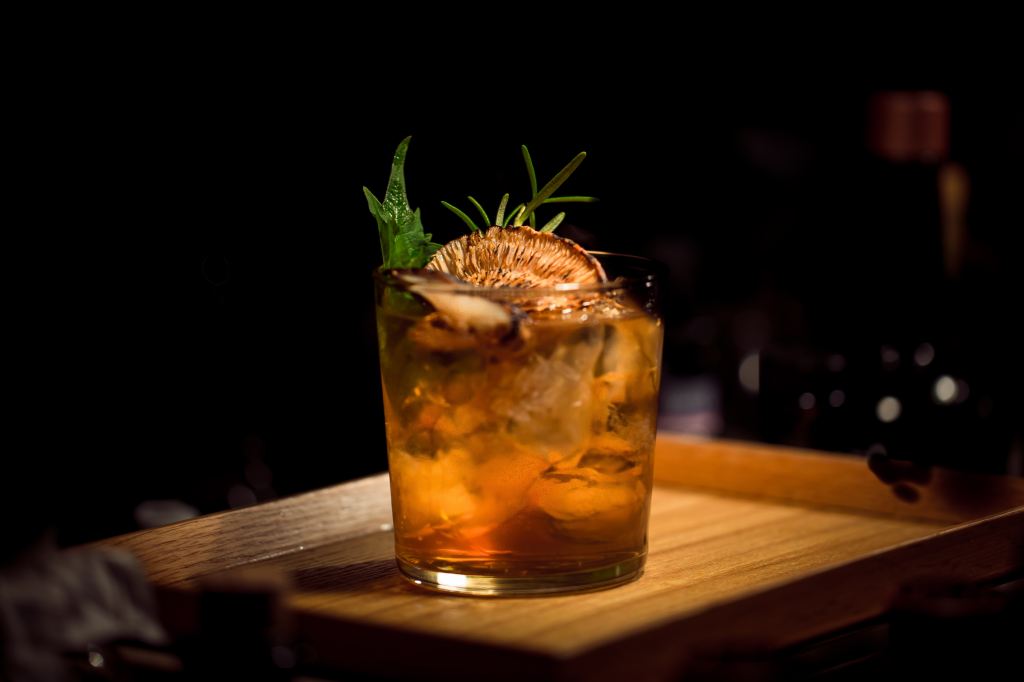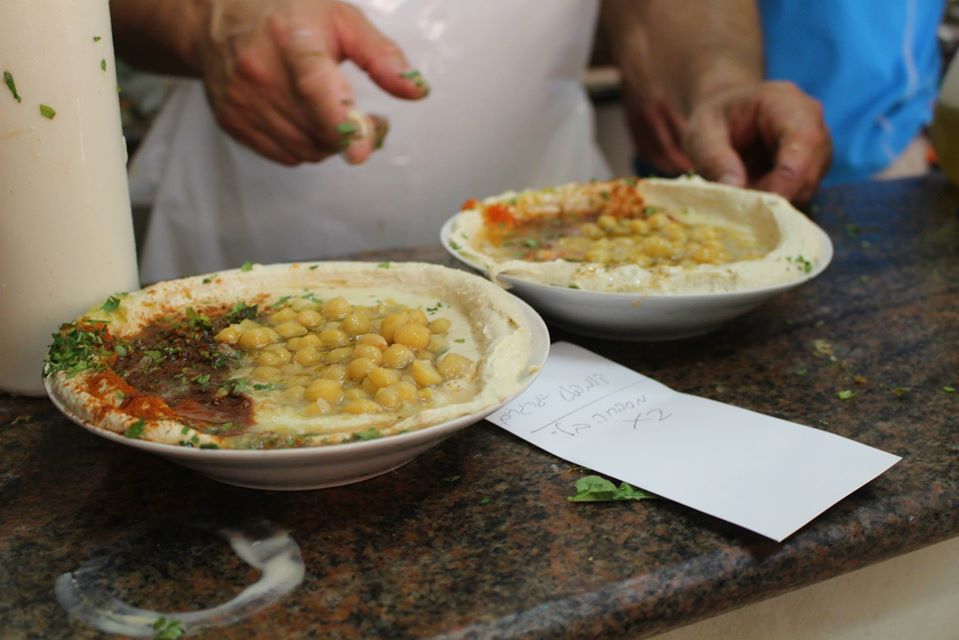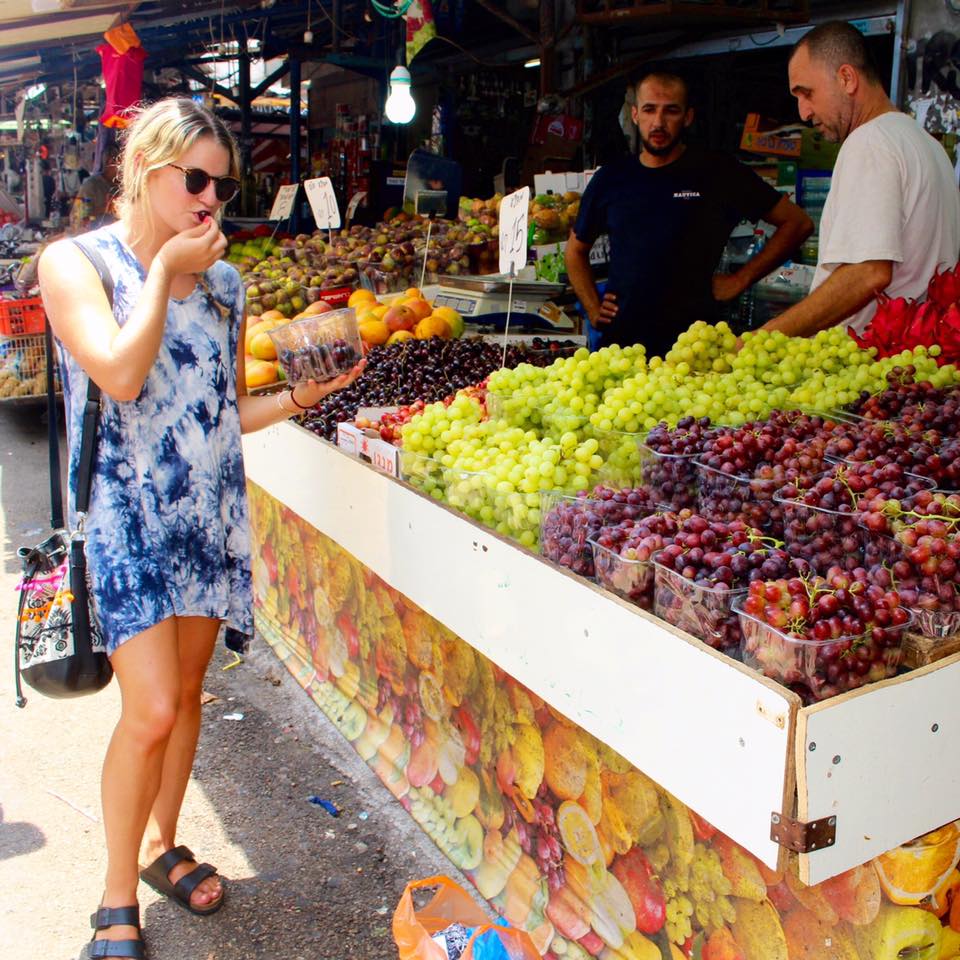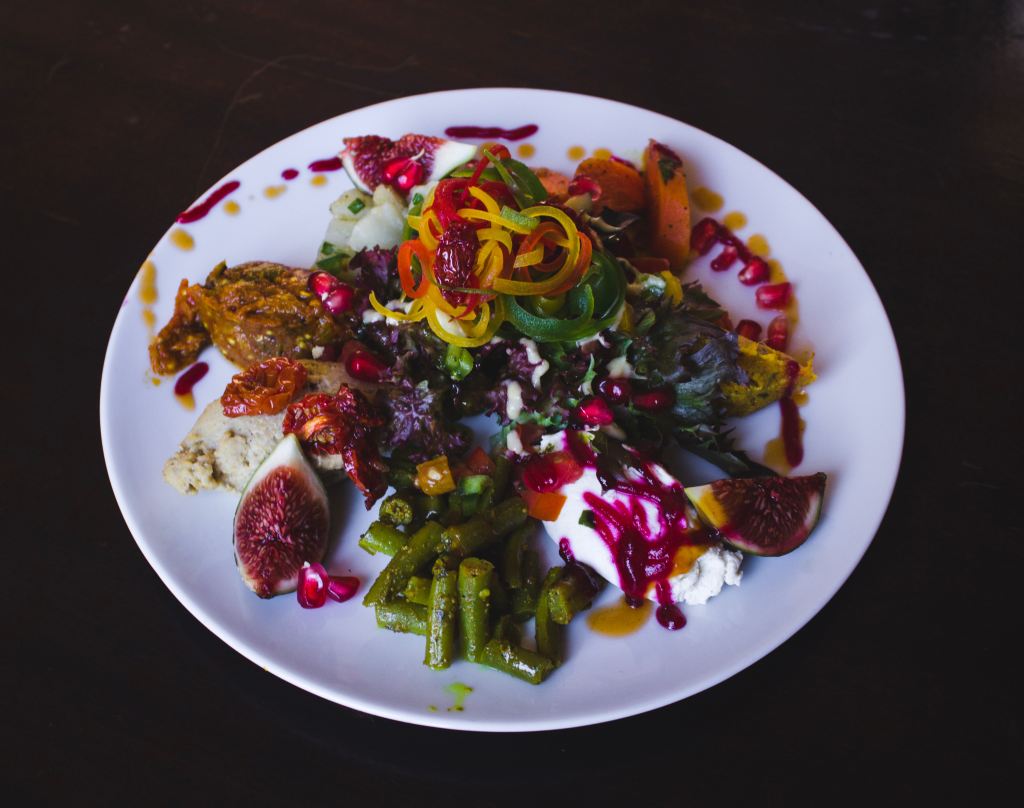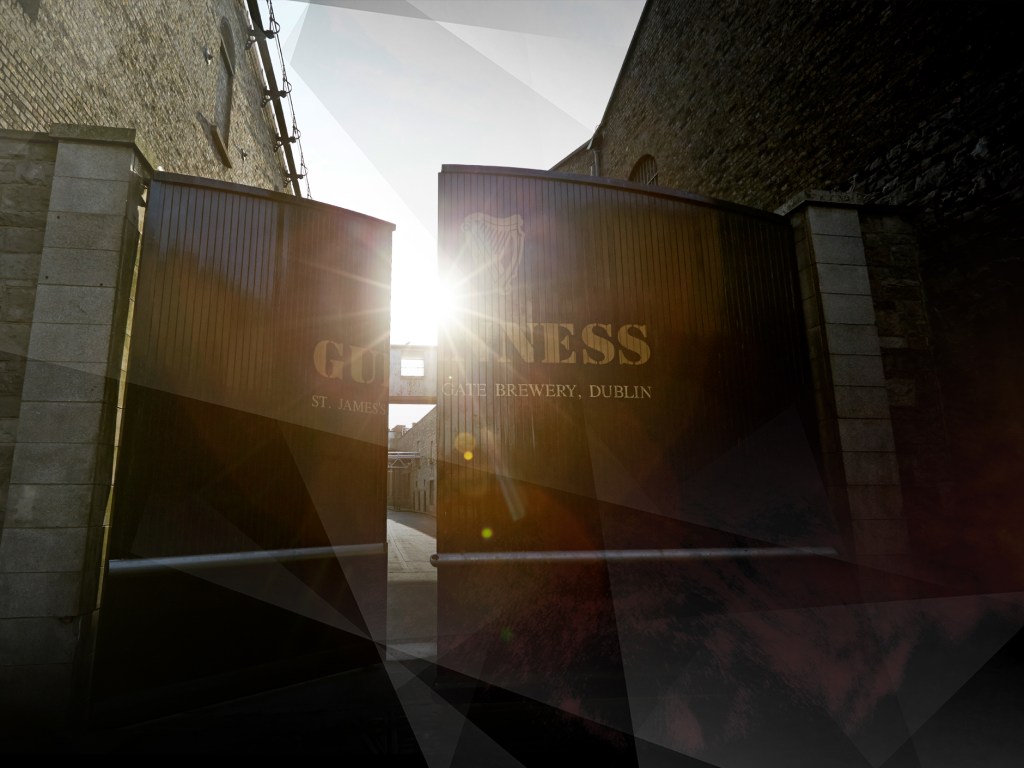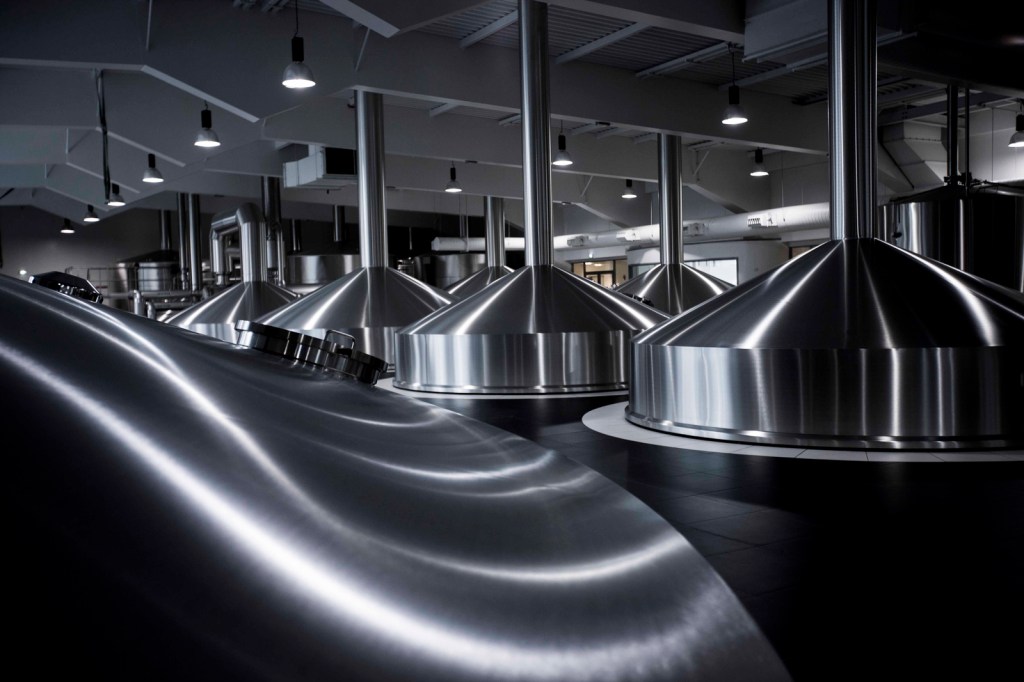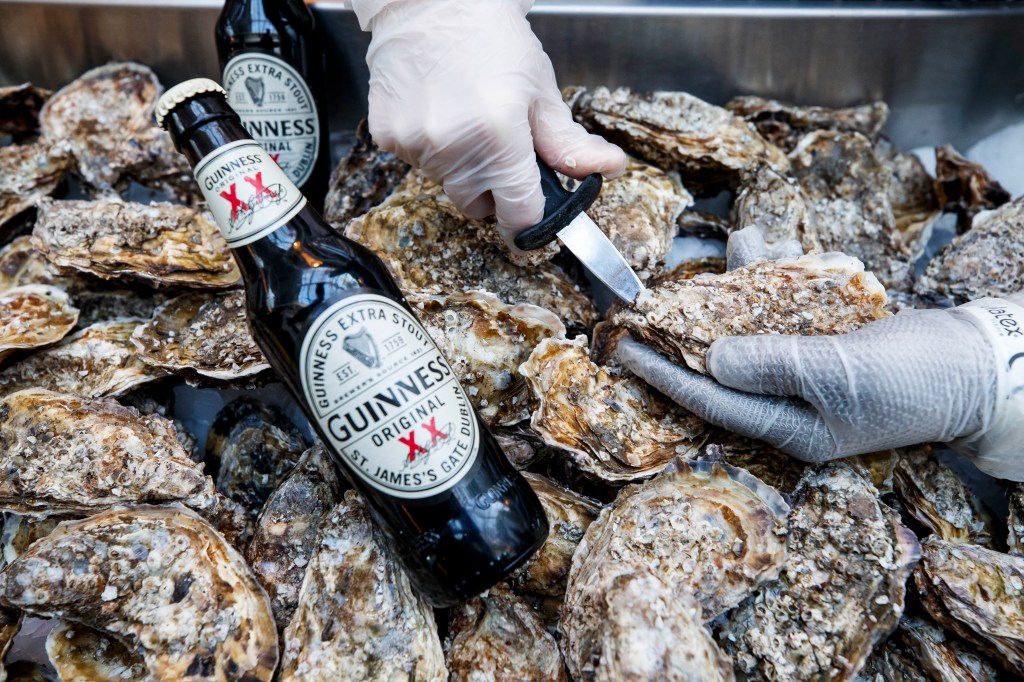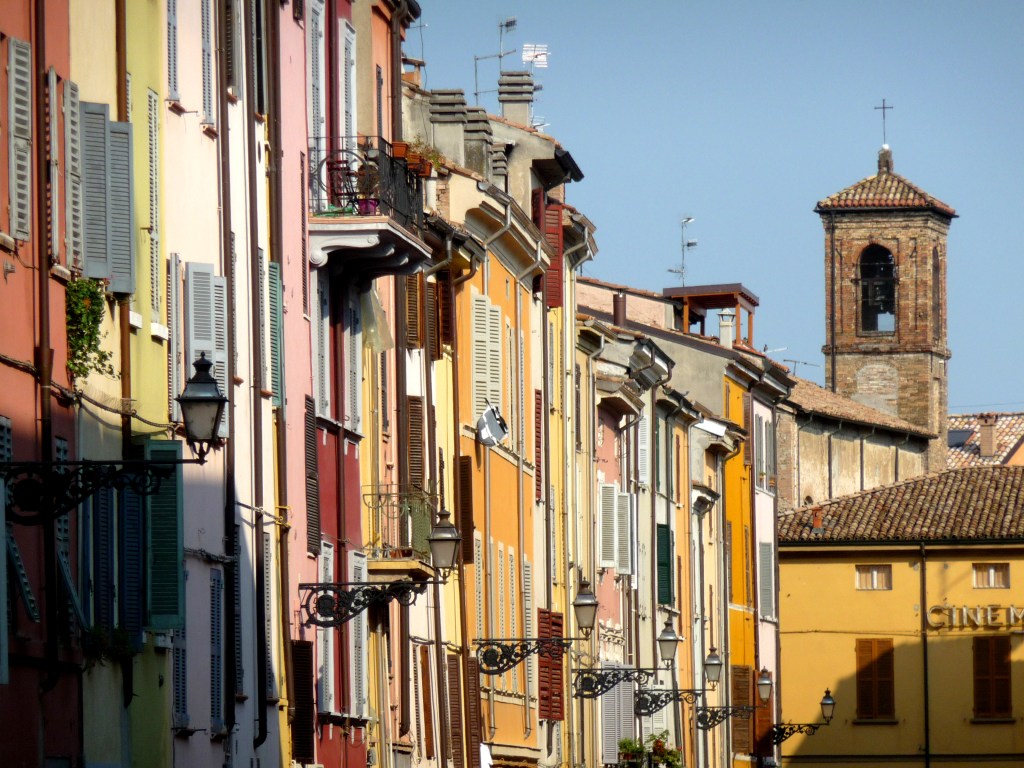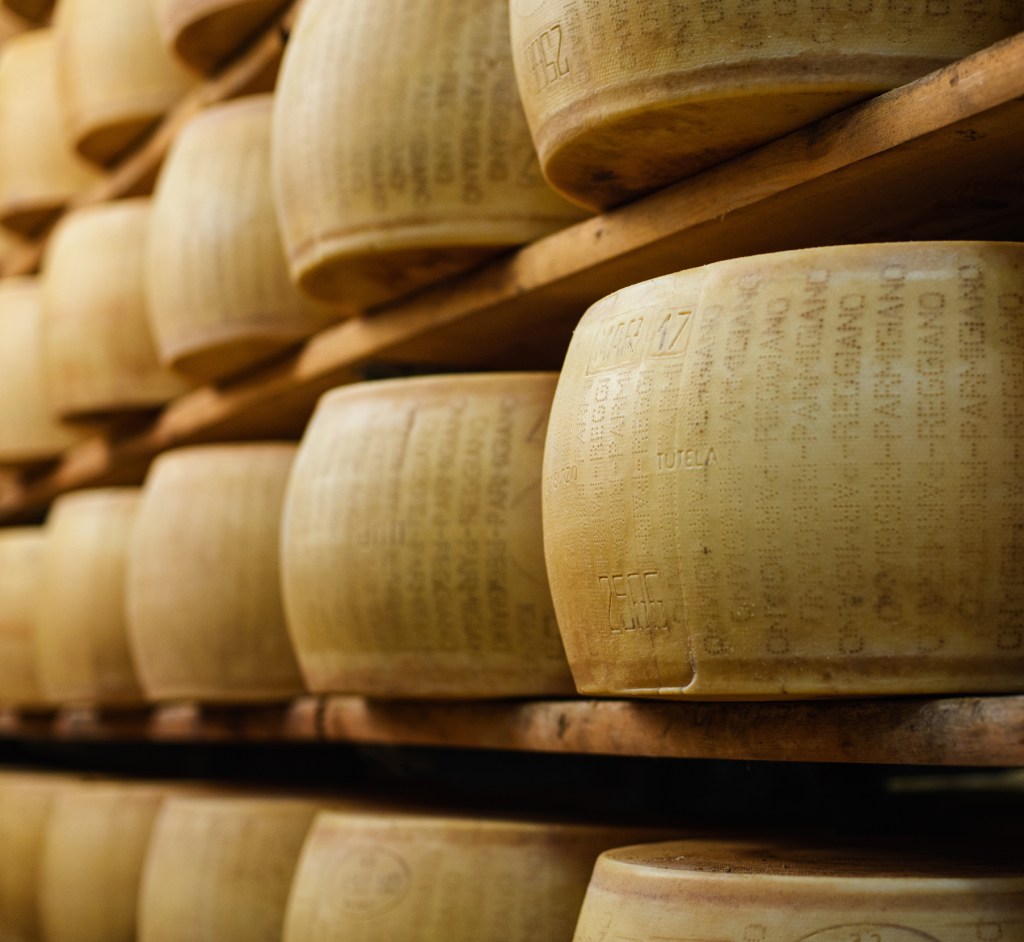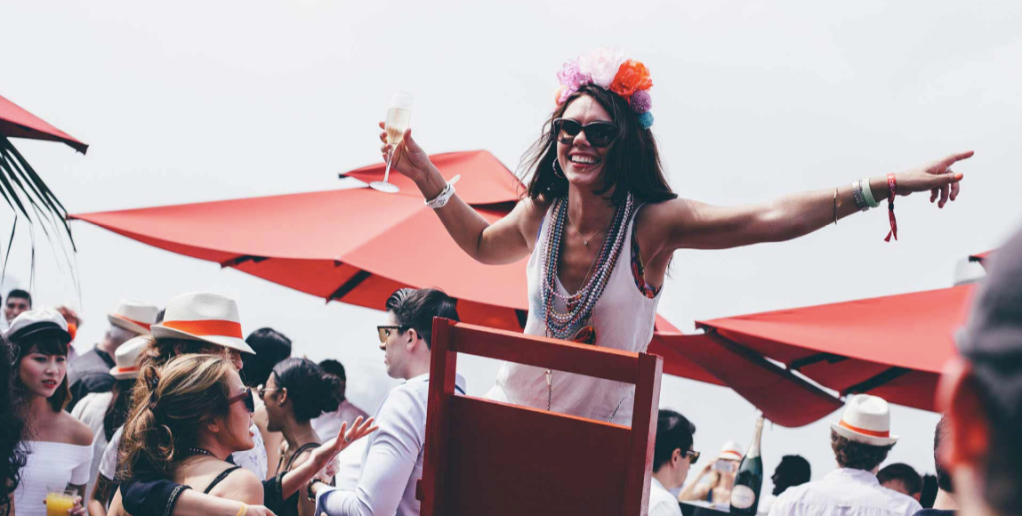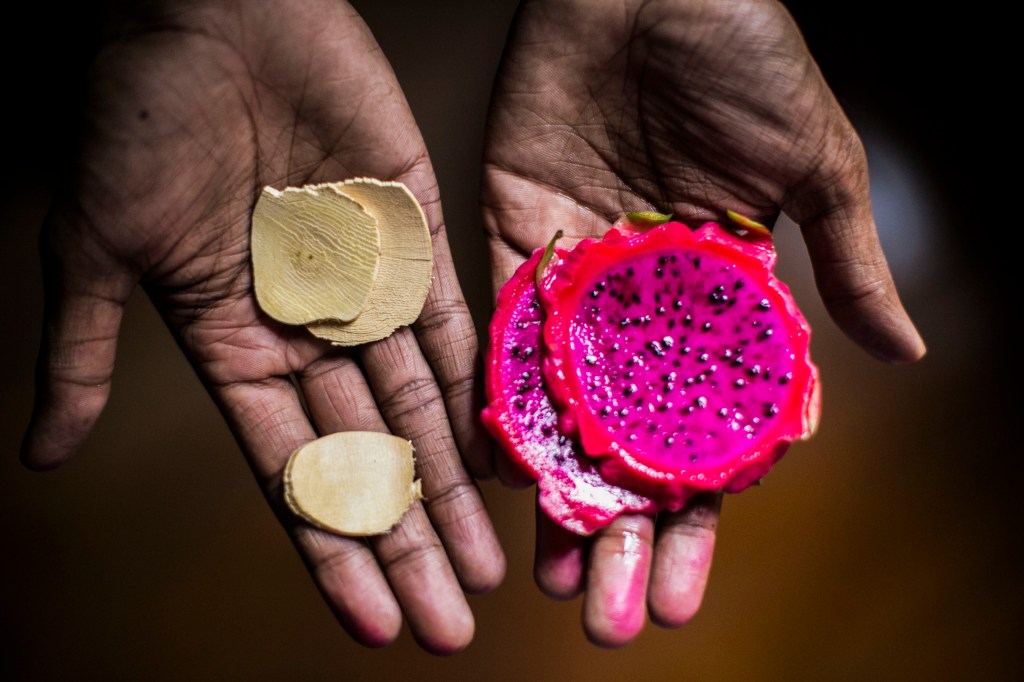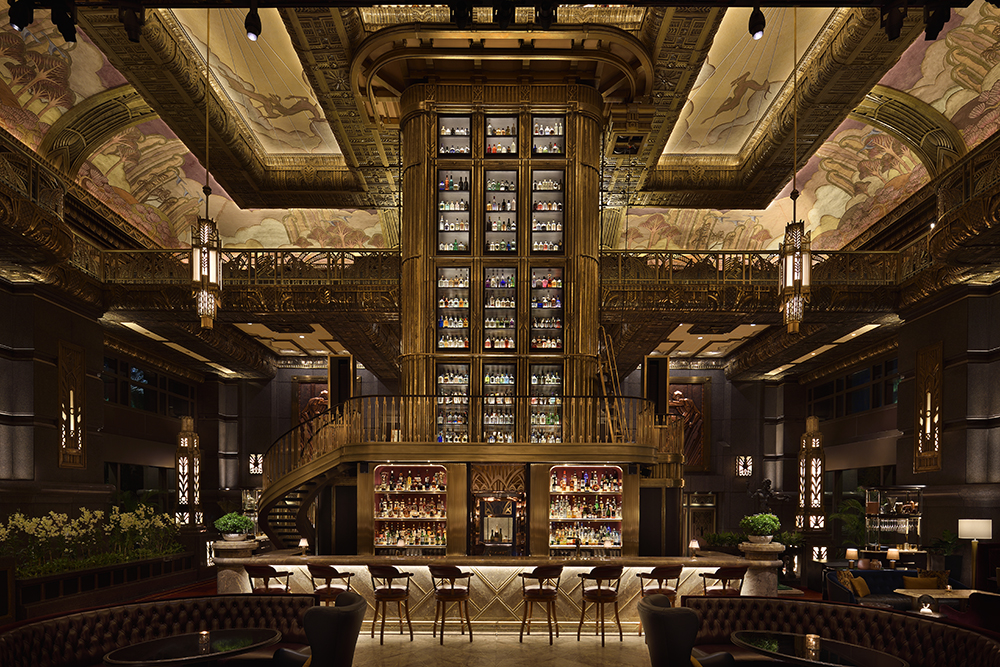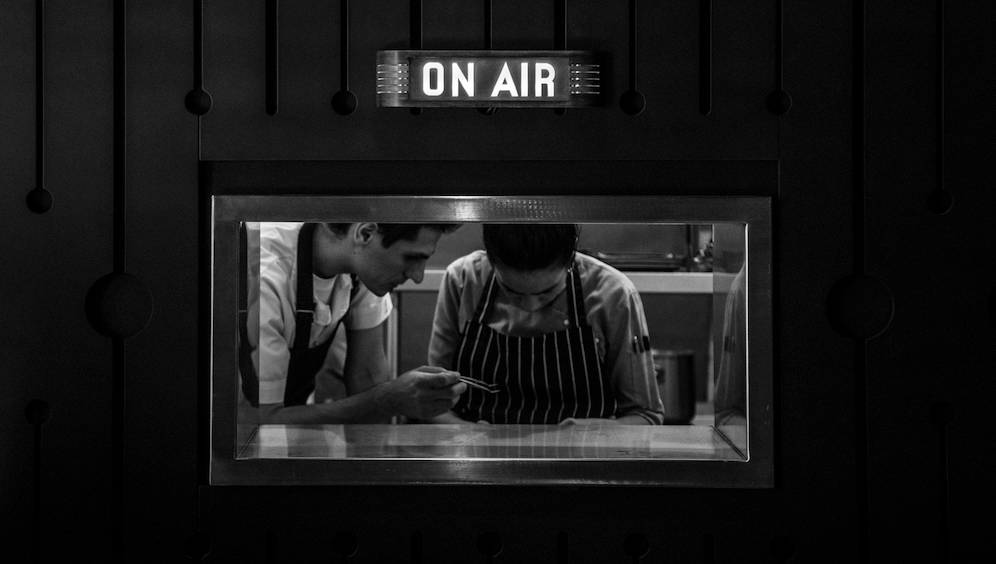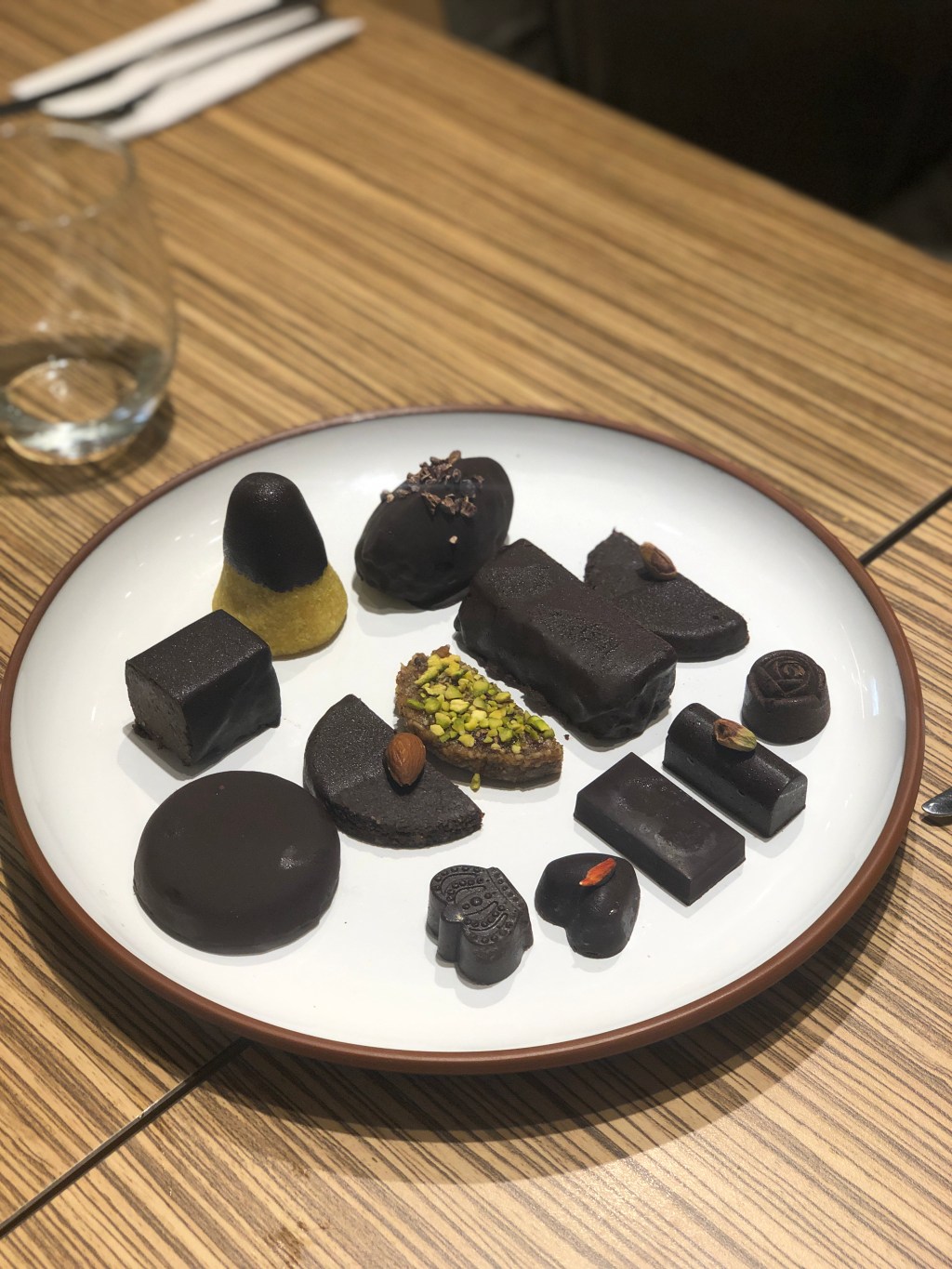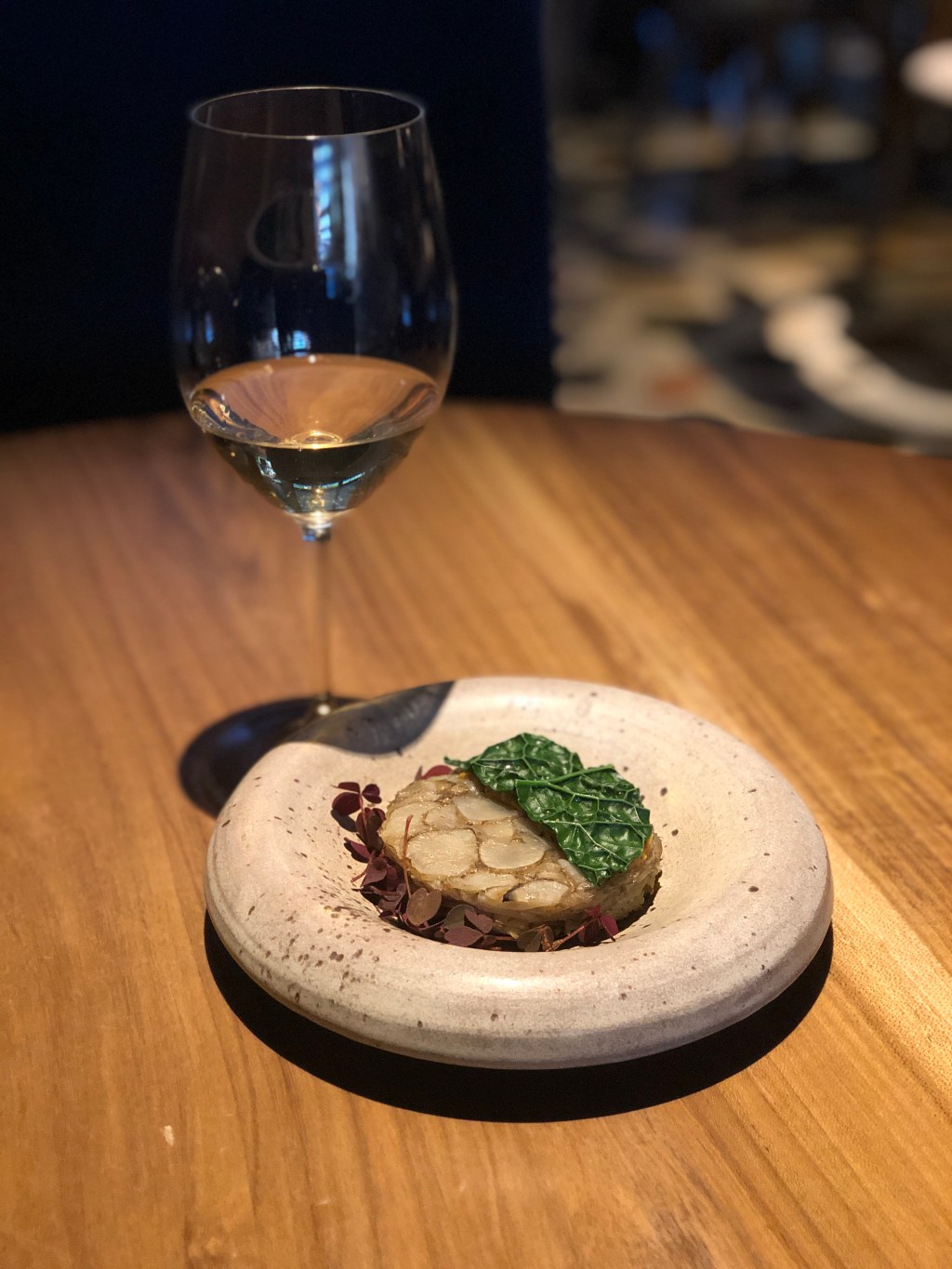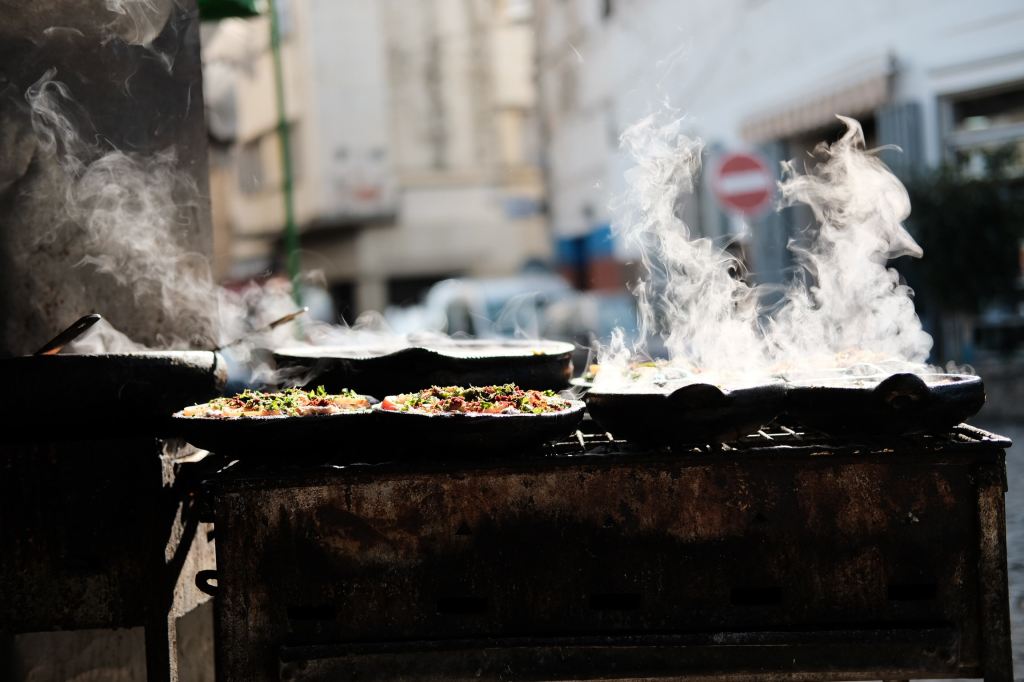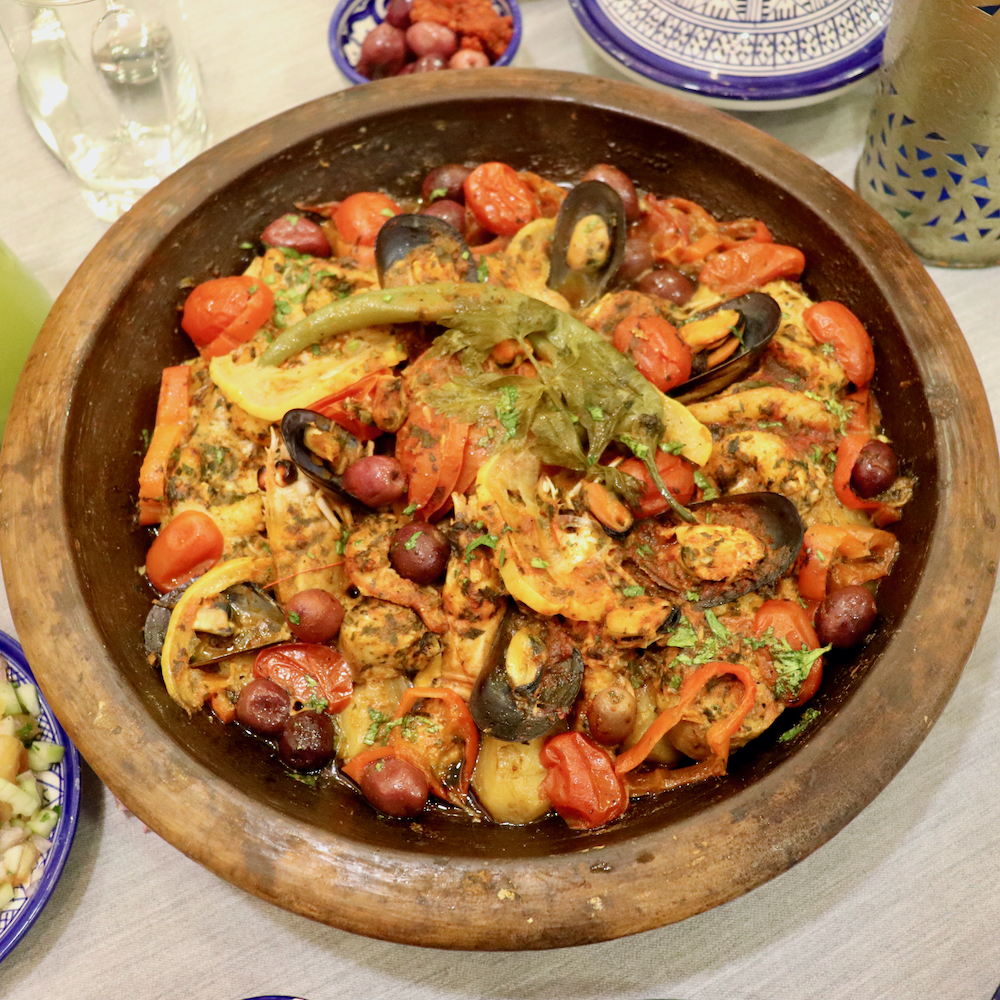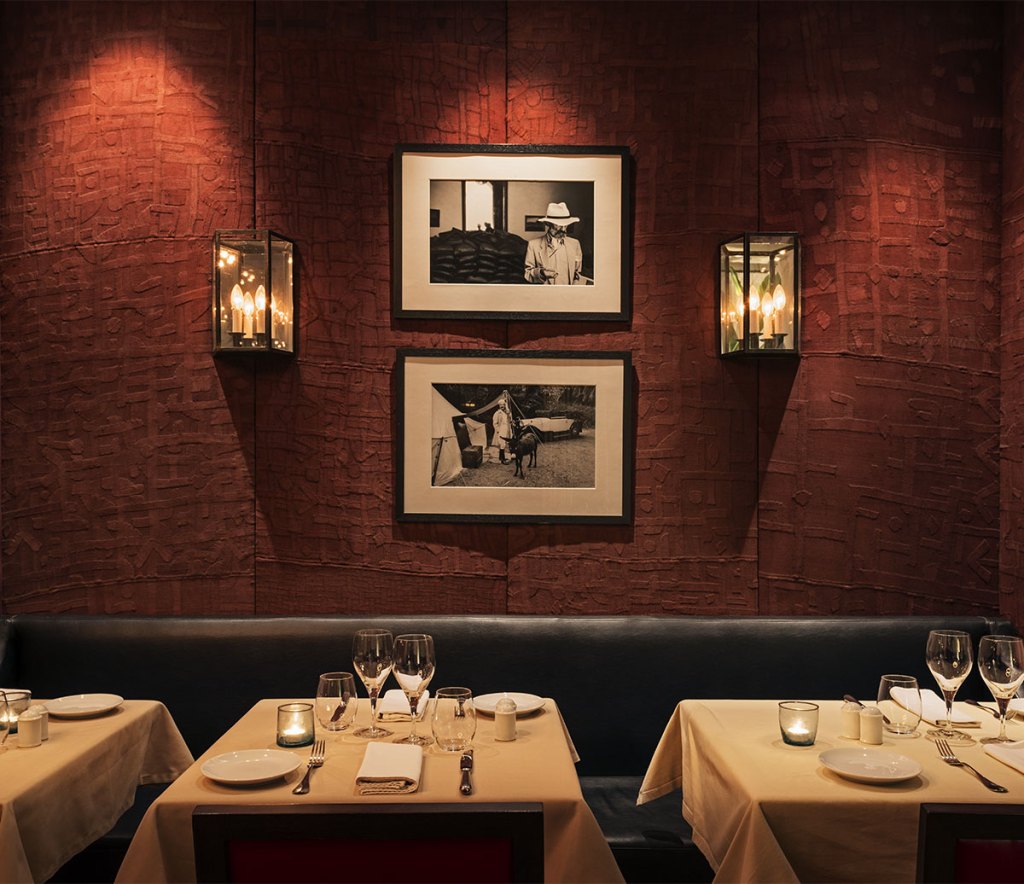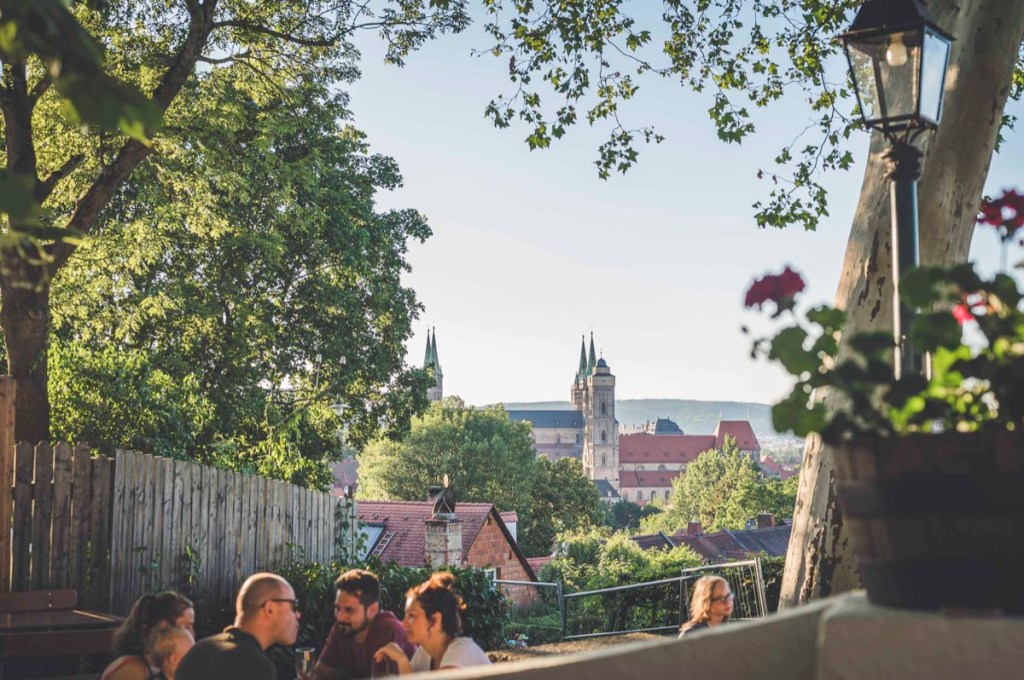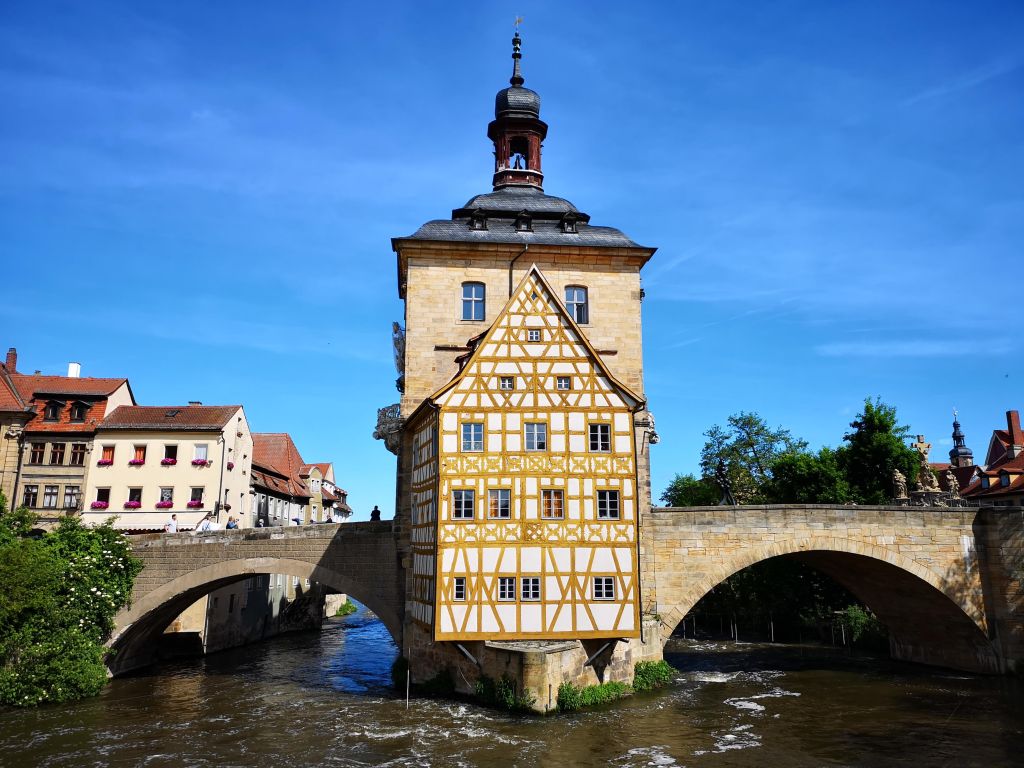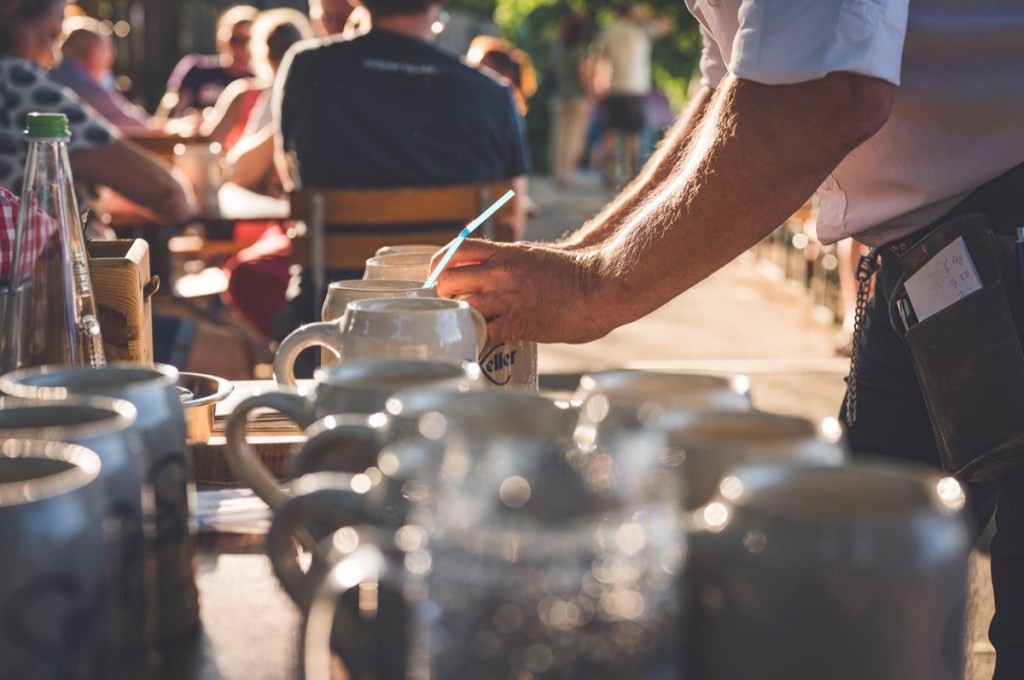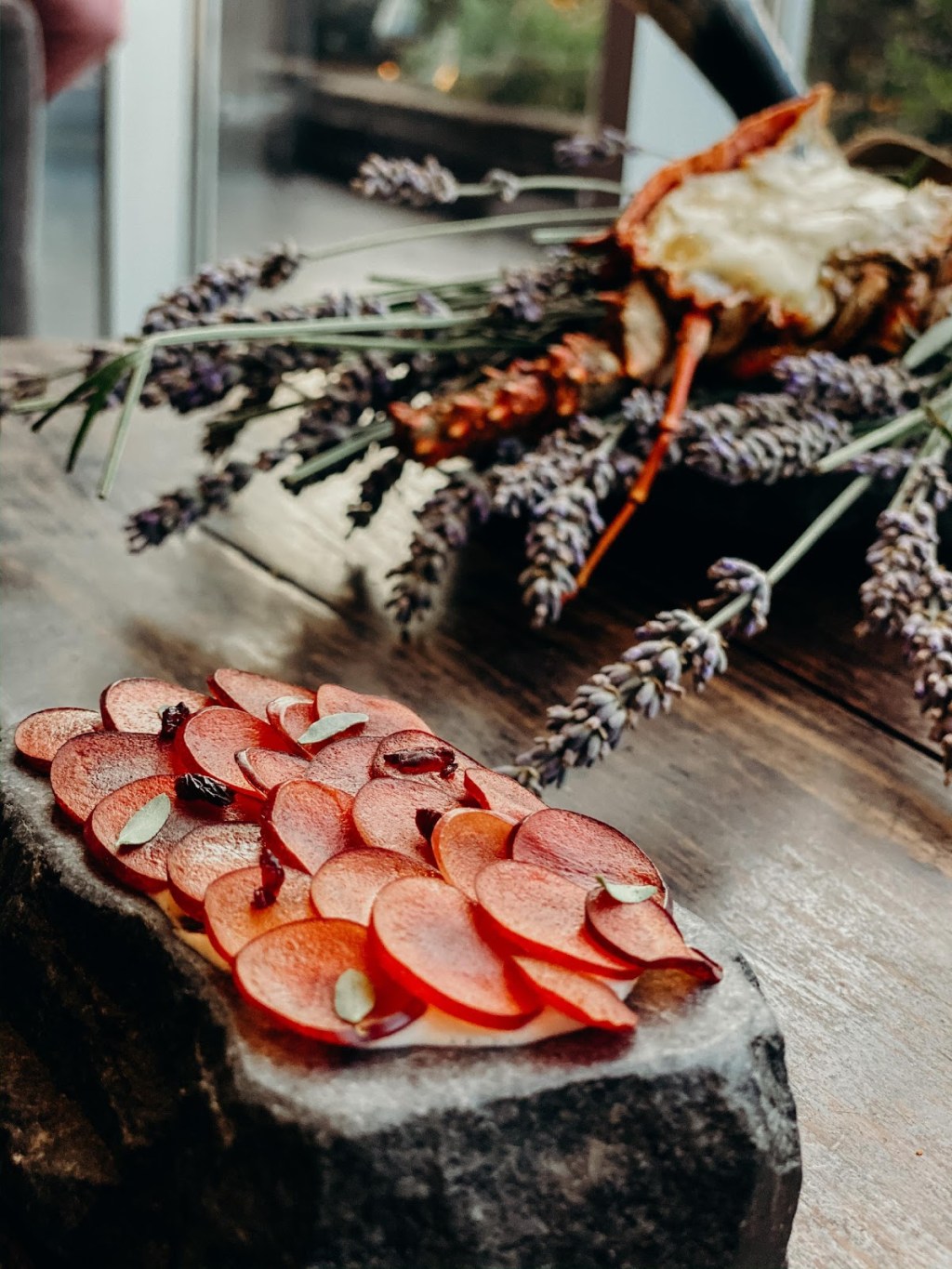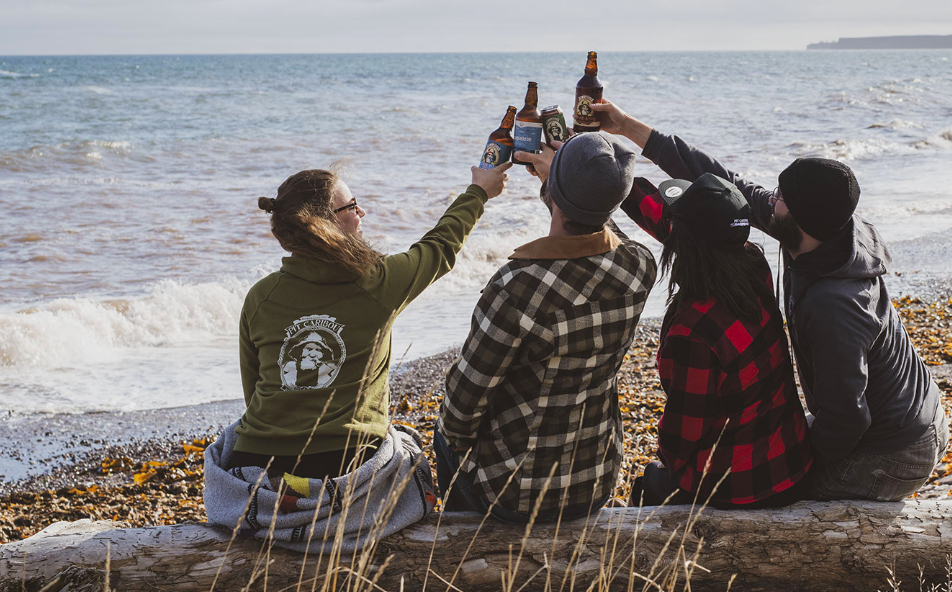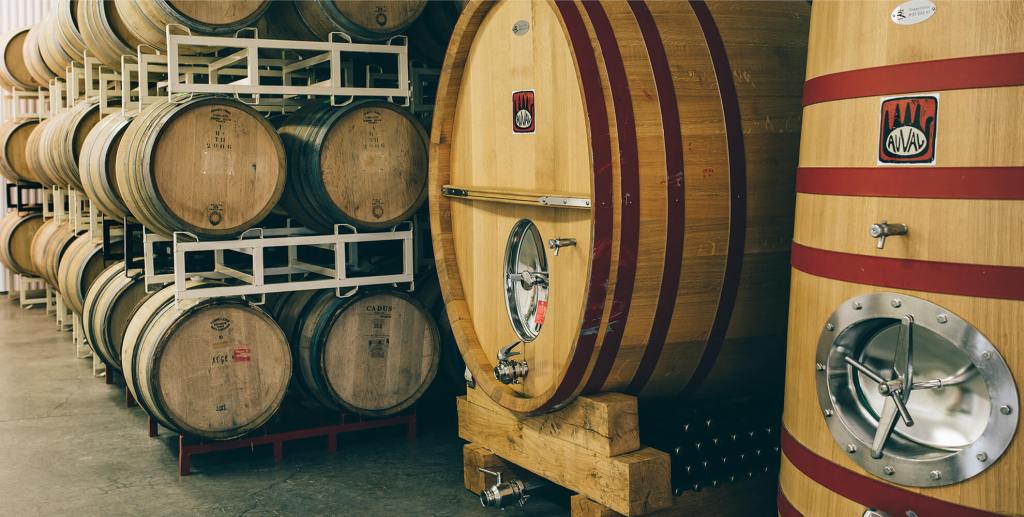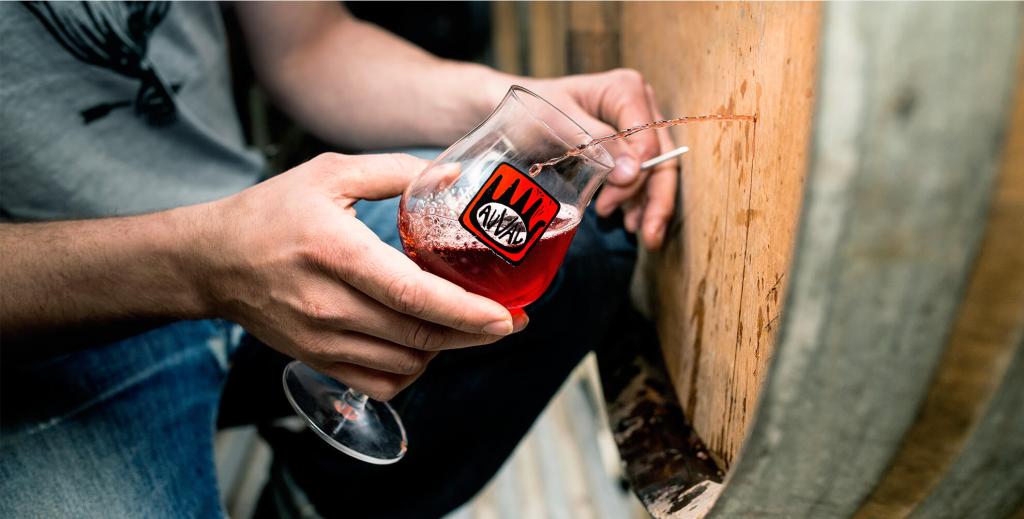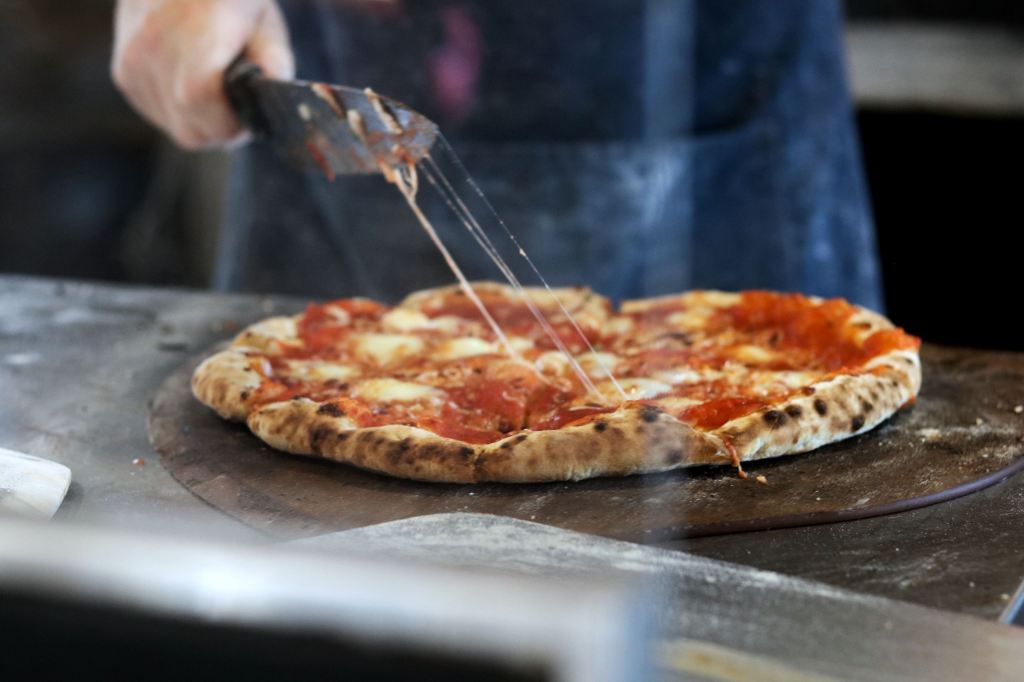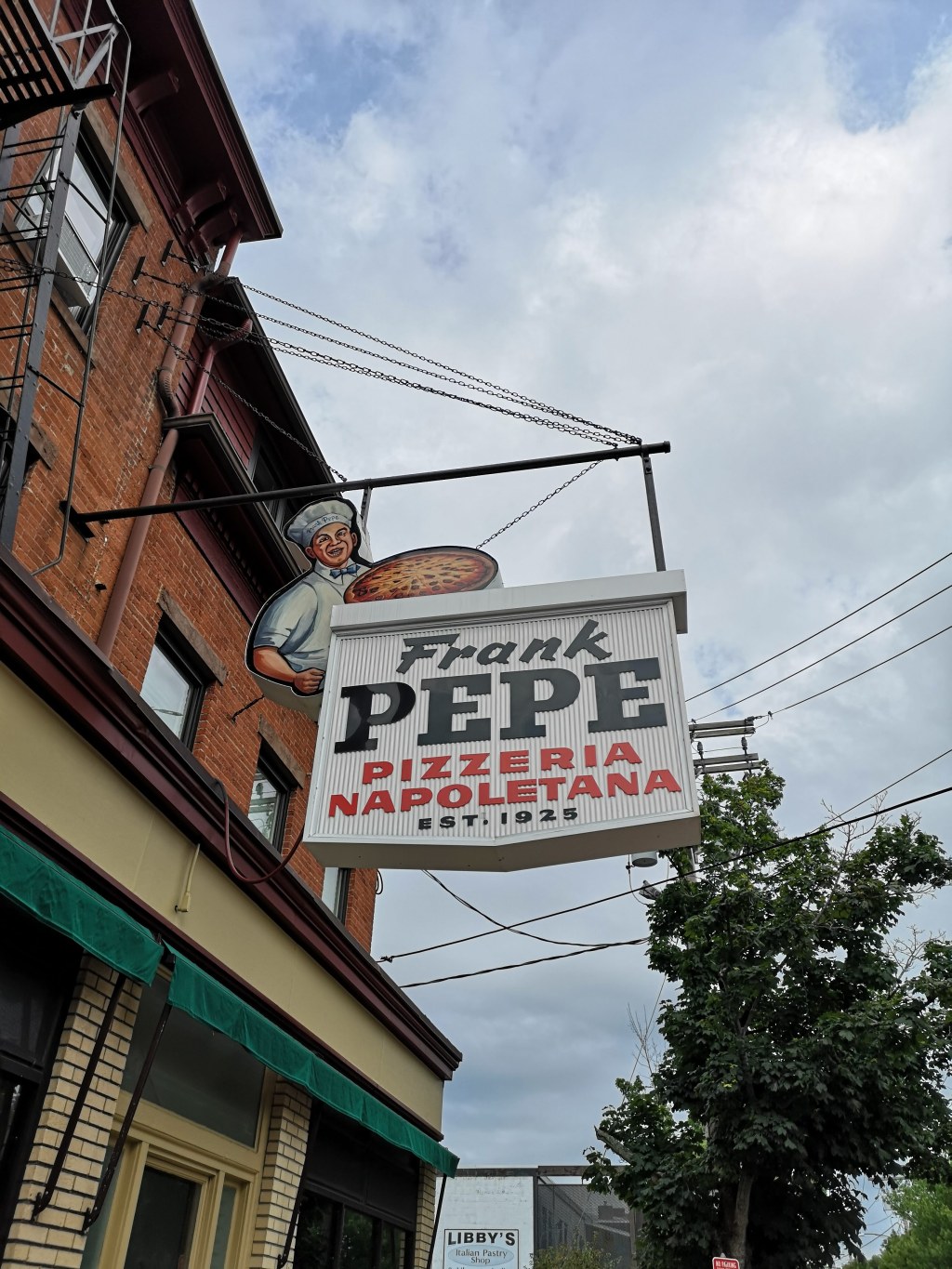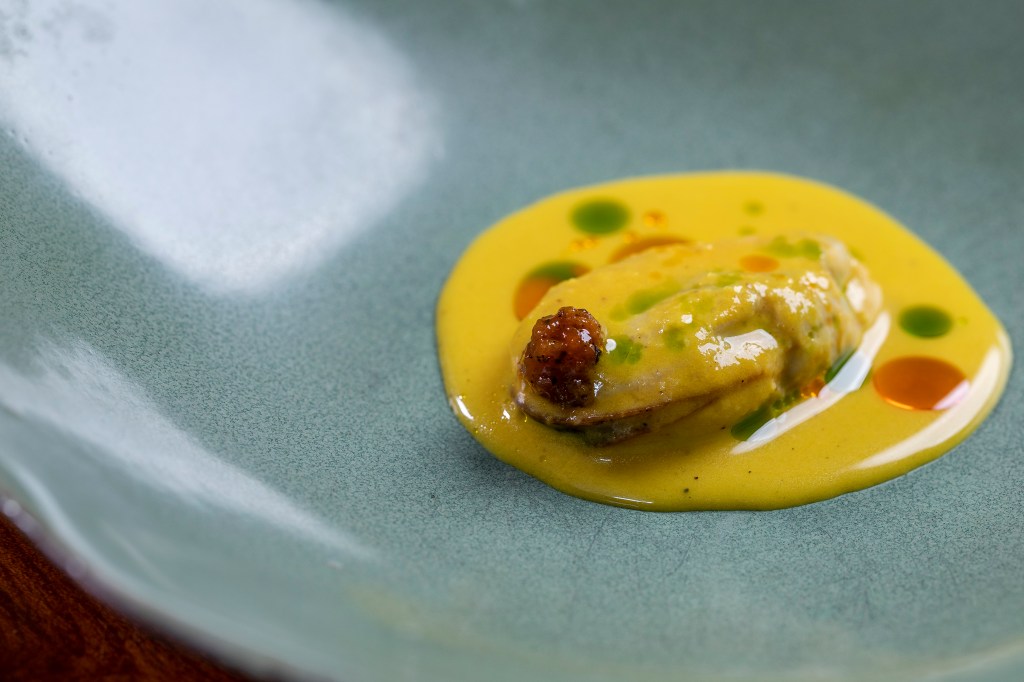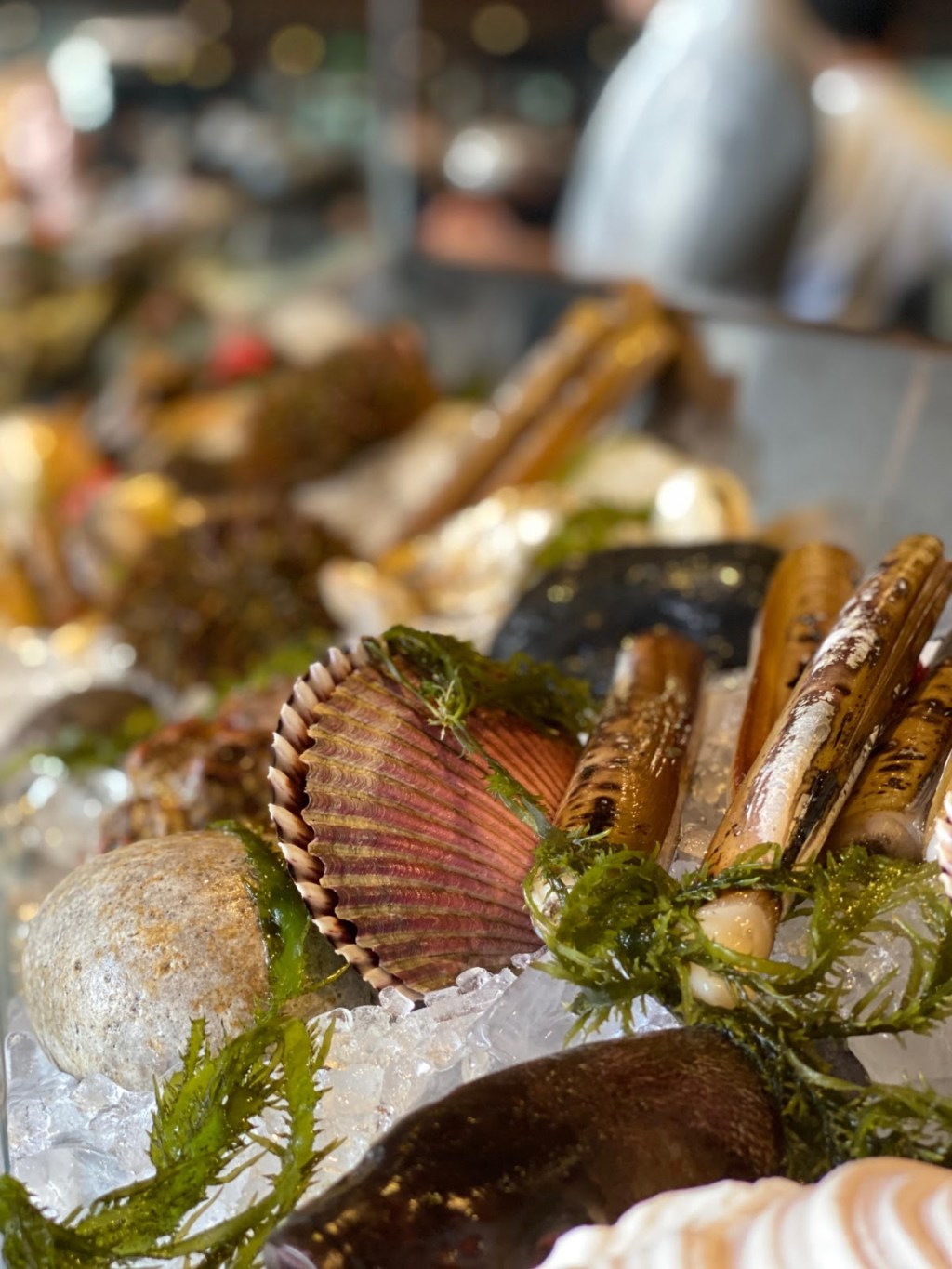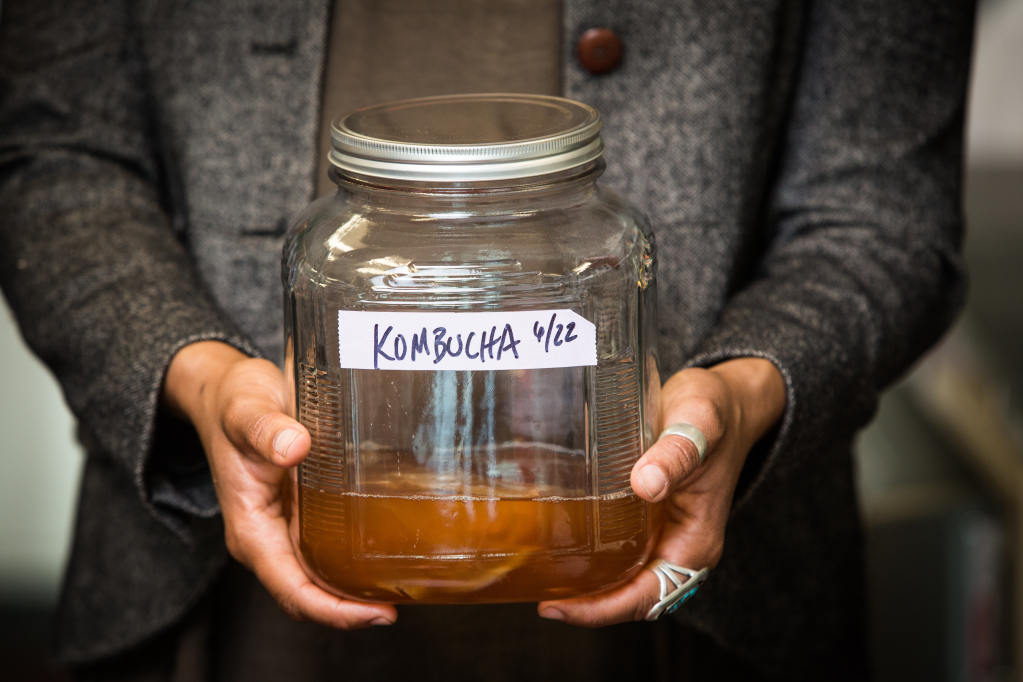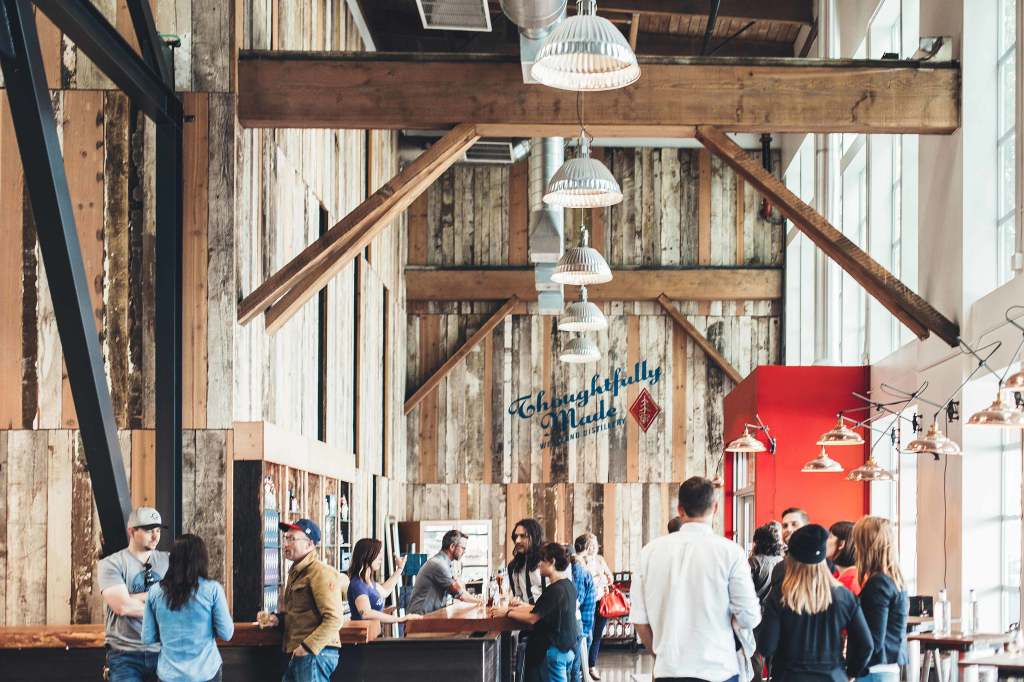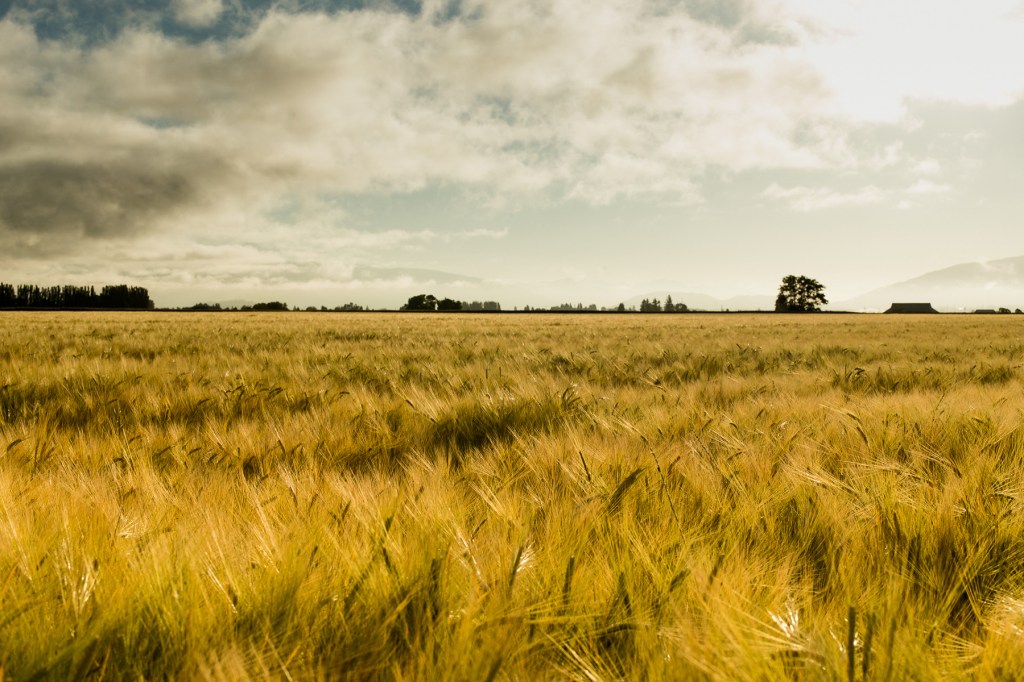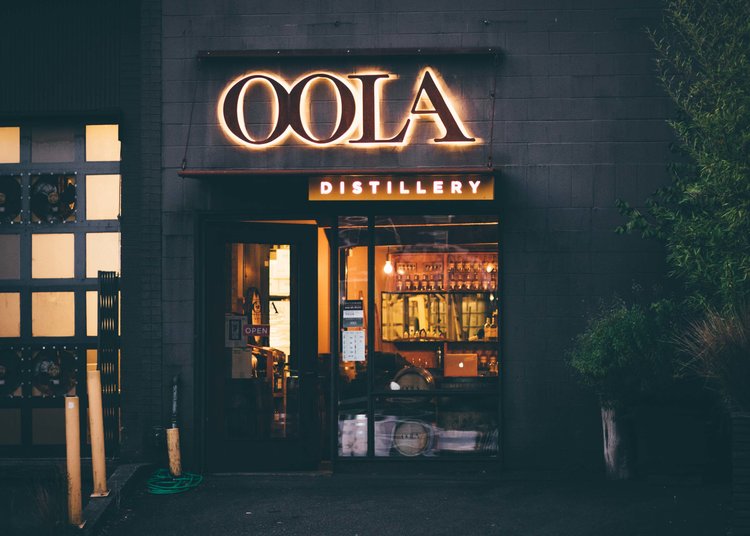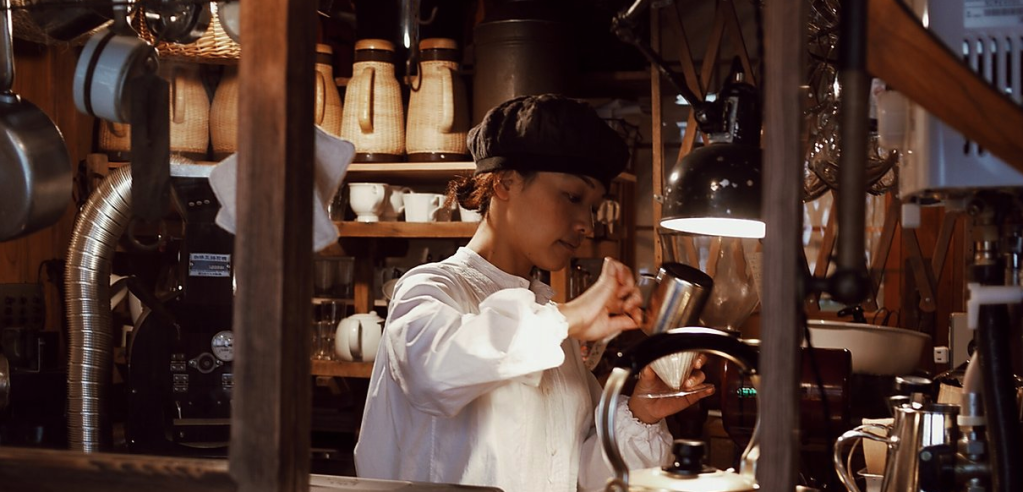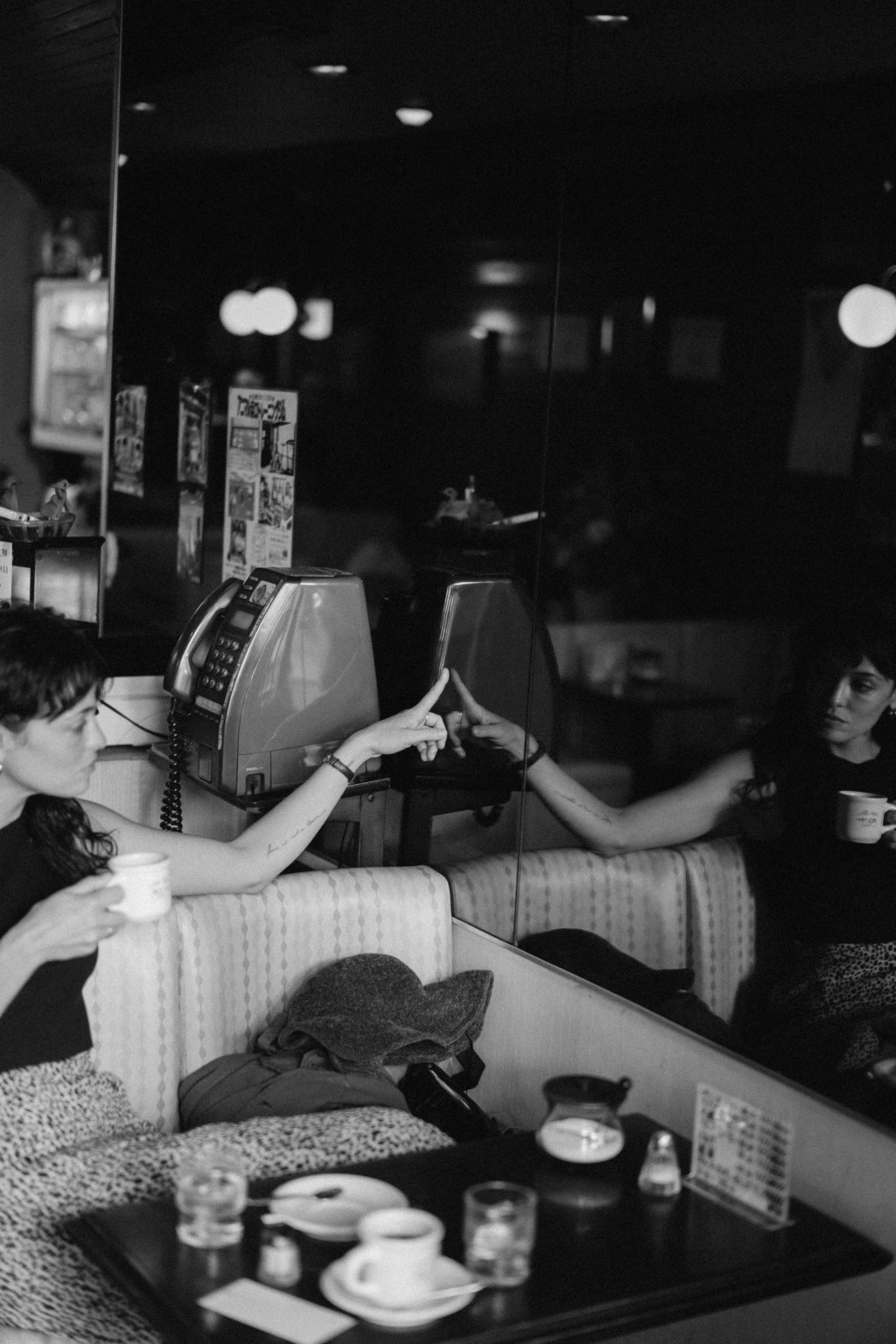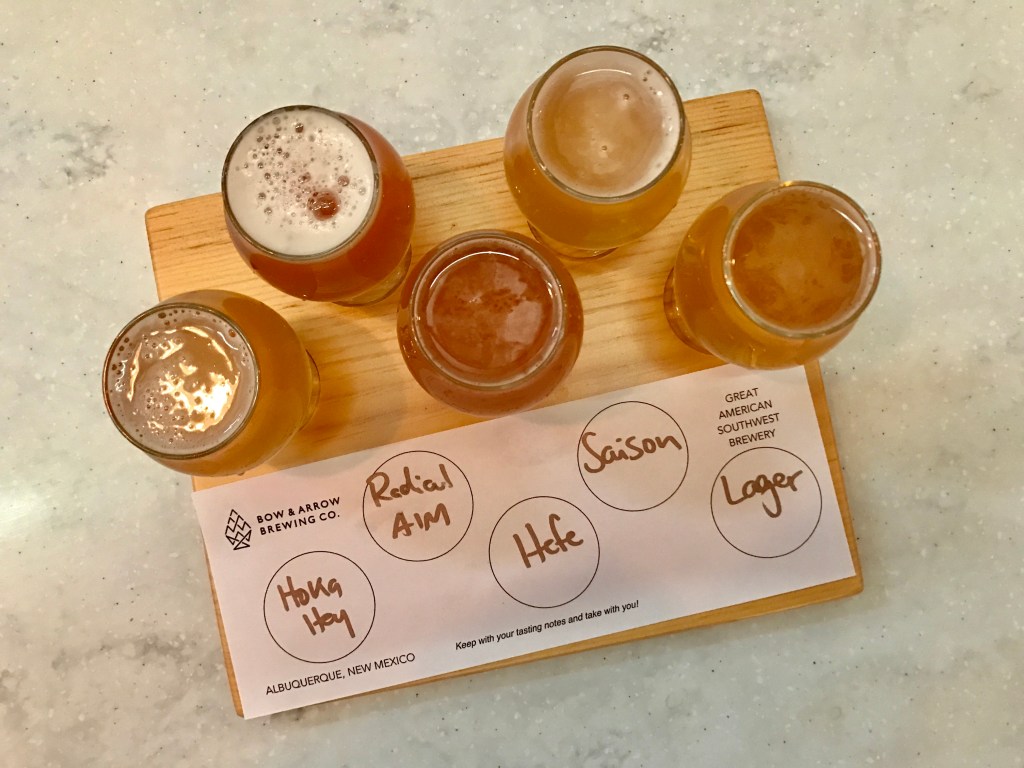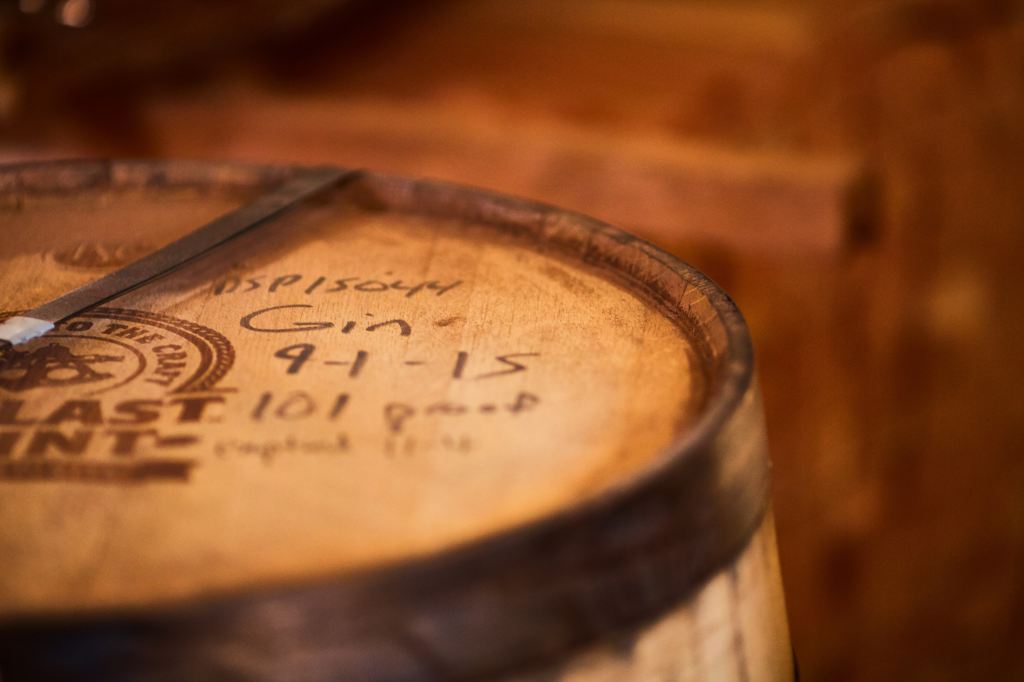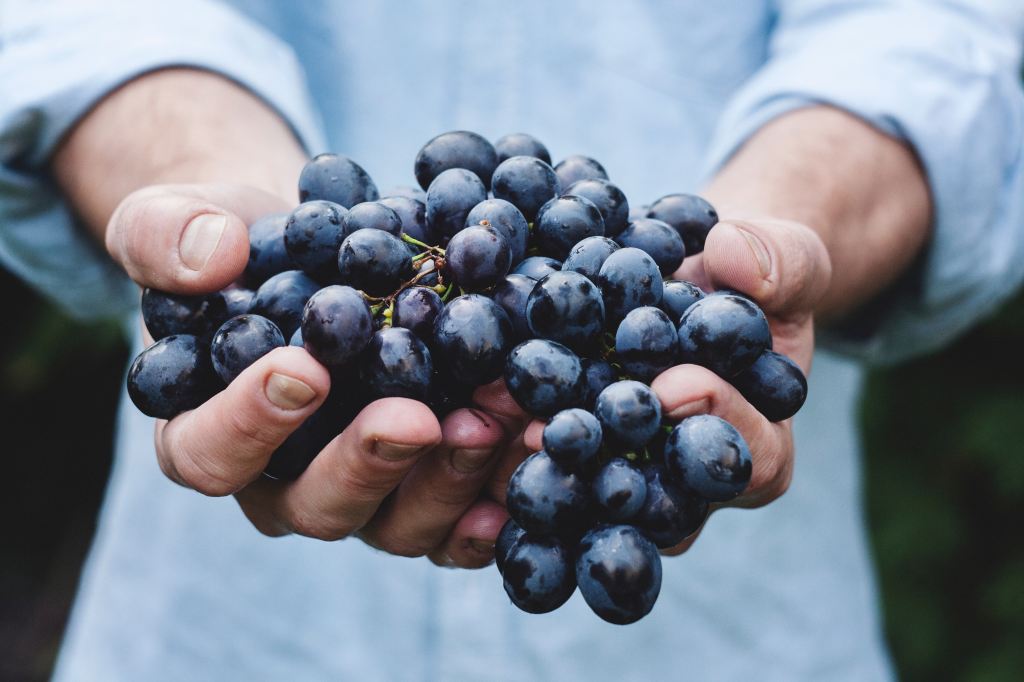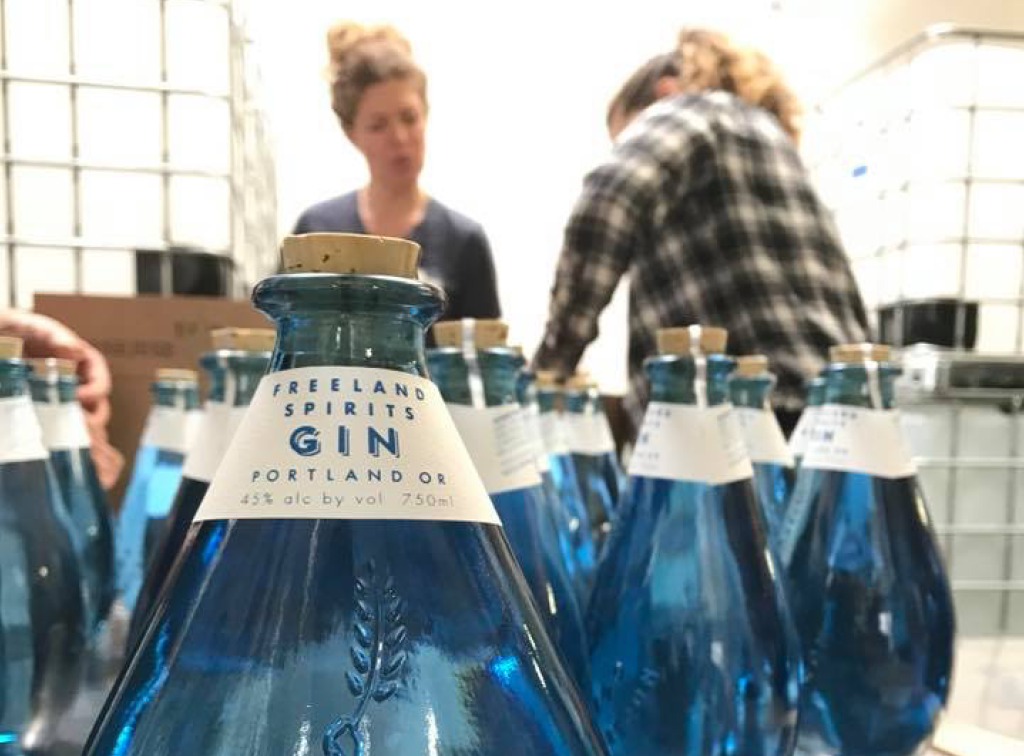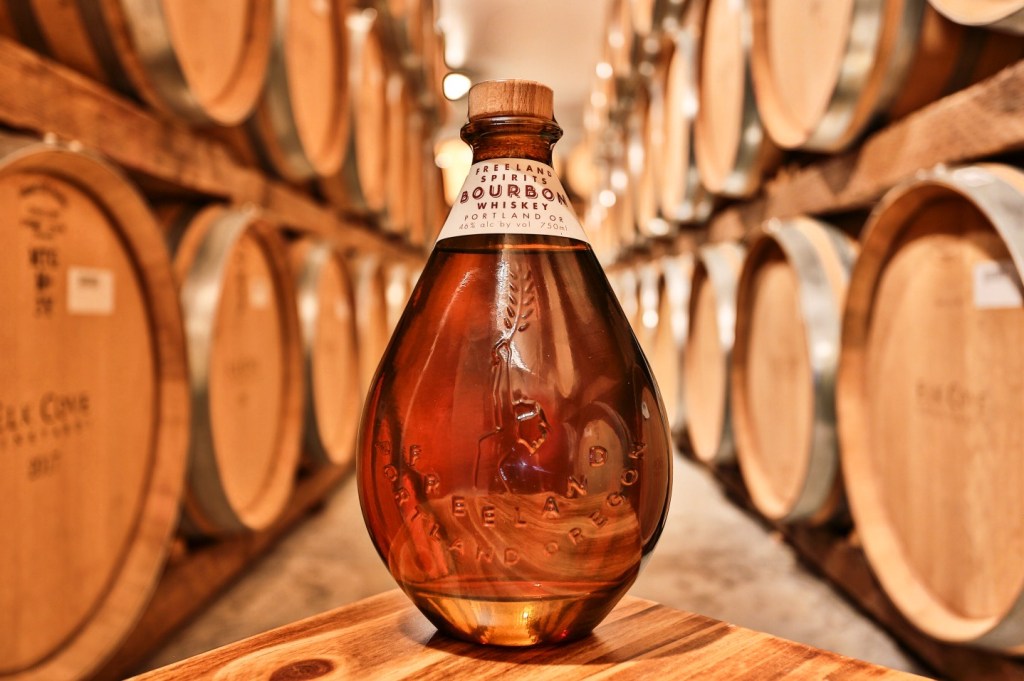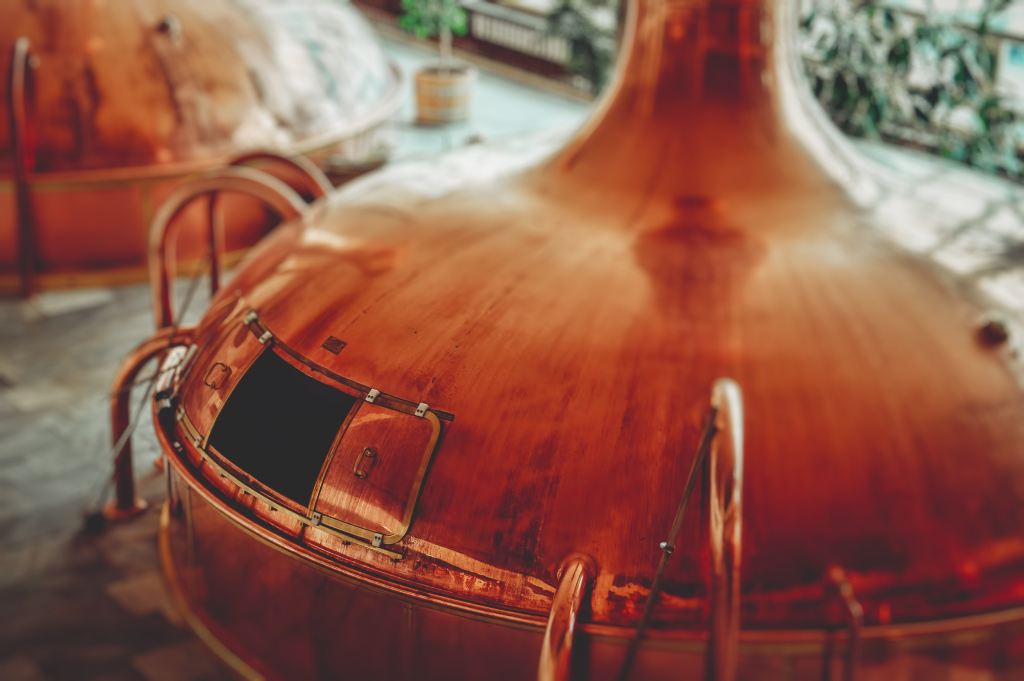What the hell does the phrase “hot list” even mean?
This world was around long before any of us and, with any luck, it will still be here long after we’re gone. Tracking our movements on a year-by-year basis is kind of silly when you think of it in the “we’re specks of matter, sitting on a big floating rock, warmed by a single star in a seemingly infinite sea of stars”-sense. Besides, after a decade that gave us the six hottest years on record, with increasing panic over species death, ocean acidification, and global warming, isn’t everything sort of on the hot list? (Zing!)
So why do it? Why track down the best collection of travel writers, influencers, experts, and photographers currently roaming this big, spinning rock and ask them: “Where should people visit in 2020? What should they do once they’re there? Where should they stay, eat, and drink? What parties should they go to?”
Because while “right now” is meaningless in the cosmic sense, it matters greatly to all of us living it. And where you decide to spend your hard-earned time, money, and energy is inextricably tied to our current cultural/ political moment and all the freight that that carries. So although the destinations on this list aren’t “new” in any true sense, our reasons for choosing them are. The questions “why here?” and “why now?” hung over every debate about what belonged and what didn’t. Sometimes the defining factor was a country’s embrace of a trend, like Belize and eco-tourism; other times, we recognized ancient destinations that seem particularly relevant this year, like the sacred sites of the Navajo Nation; and others still, we chose to highlight recommendations because we trusted the authority of the travelers pitching them. (This list features famous influencers, Explorer’s Club Members, Travel Channel hosts, and award-winning writers — when they talk travel, we’re eager to listen.)
Through it all, diversity — in how people identify, what makes them burn, and their distinct worldviews — is the axis around which this list rotates. Like so many fields, travel writing has long been plagued by the sort of gatekeeping that routinely rewards the same voices year after year. For the 2020 list, UPROXX Life Deputy Editor Zach Johnston and I made a sincere effort to upend that tradition. Our December kick-off call featured writers of various gender identifications, sexual orientations, and cultural backgrounds sharing their distinct perspectives about what feels “hot” in travel right now. We’re thrilled to share those insights with you here and hope that besides connecting you with new places to visit, this list introduces you to fresh, potent voices in the travel space.
At the same time as we strived to be inclusive, we created this for our core audience — young, socially conscious people, many heading out on the road for the first time, eager to explore and grow but also often keen to jump off cliffs, get a little rowdy, and dance ’til 4am (there’s a whole “festivals” section this year). The list also has a distinctly American gaze. When we call something “unique” we aren’t exoticizing it so much as noting that for most American travelers it’s going to carry a sense of newness. If done in the spirit of respect, we believe modern-day “exploration” can support Indigenous communities, aid rebuilding efforts after a disaster, and help us evolve beyond our prejudices.
All that said, to pretend that a list — even one this expansive — doesn’t contain blindspots is absurd. Its very creation is a contradiction. A common trend suggested by our travel writers, whose job is ostensibly to fly around the world on jets powered by fossil fuel, was the quest for environmental accountability across all segments of the industry. Though many of us seem to believe in setting personal carbon caps, no one felt fully ready to publicly commit to one. Is that hypocritical? Maybe. But travel writers also deserve some of the credit for the airline industry’s recent sustainability push. Perhaps the best answer when wrestling with these pinch points is: “Let’s all try our hardest.” On the ecology front, UPROXX and its writers are committed to finding solutions for the impact of the travel writing genre (through carbon offsets, slow travel, and “microcations”), though we also believe that to properly fight for something you need to bear witness to its beauty.
***
In the early days of 2020, Greta Gerwig said: “Quentin Tarantino makes movies as if movies could save the world.” That’s how we feel about travel. Travel connects us. It reminds us of the natural marvels that we are called to be stewards for. It brings us face-to-face with life’s universal aspects: birth, death, art, storytelling, humor, sex, food, intoxicants… the list goes on. Those simple, core pieces of existence are shared across all cultures. Simultaneously, travel reminds us that the real world is far less black and white than it is online. The fury that we often feel on Twitter when someone thinks differently from us quickly dissipates as our journeys shade in the context and background that led a certain person to arrive at a particular way of thinking. On the road, we realize that there has to be some sort of allowance for cultural/moral relativism or every trip is going to be a series of constant battles and little growth.
Perhaps the overarching point here is: travel is messy. Just like life.
So here you go, the 2020 UPROXX Travel Hot List. A sprawling, messy, imperfect-but-often-lovely reflection of a sprawling, messy, imperfect-but-often-lovely planet. We believe that these destinations, experiences, hotels, restaurants, bars, and festivals will bring you some sense of joy. We believe they have something worthwhile to teach or reveal, this year in particular. Above all, we believe that travel can save the world, and we hope that’s reflected in every word, photo, and idea presented below.

